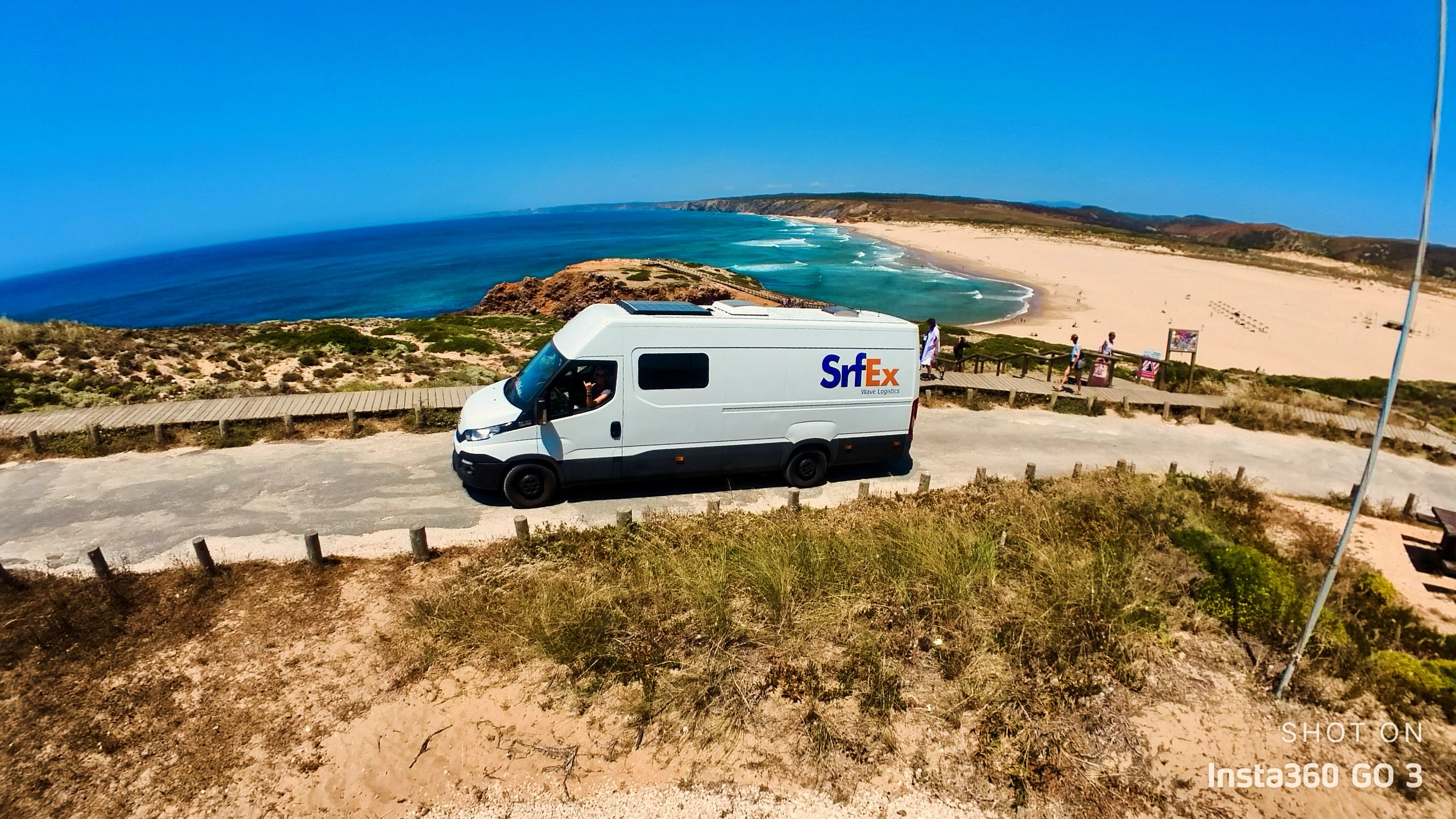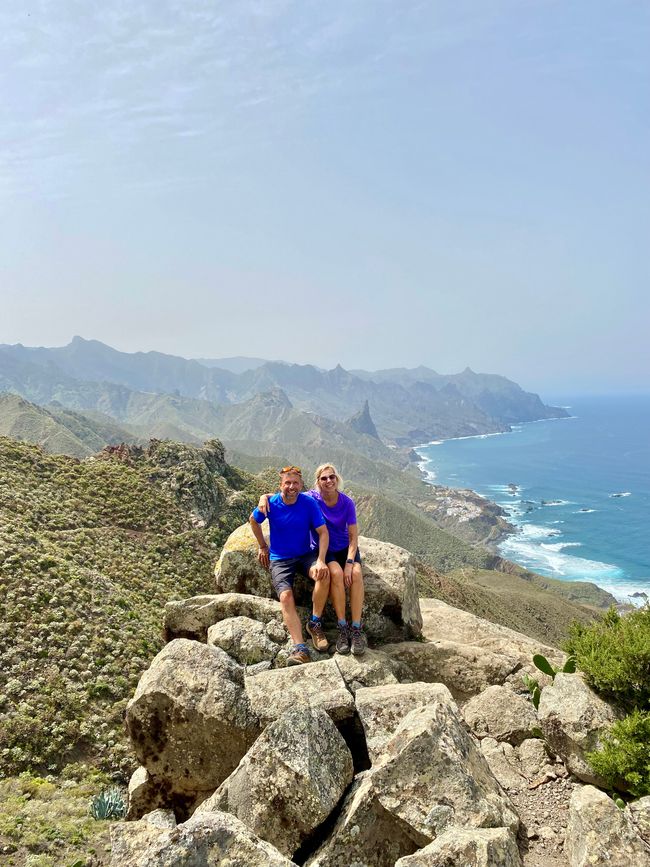
Coastal Nomads - Suzi, John & Betty
vakantio.de/coastal-nomads-suzi-john
Portugal's West: Vanlife, Monster Waves, and Templar Knights
Published: 14.07.2024
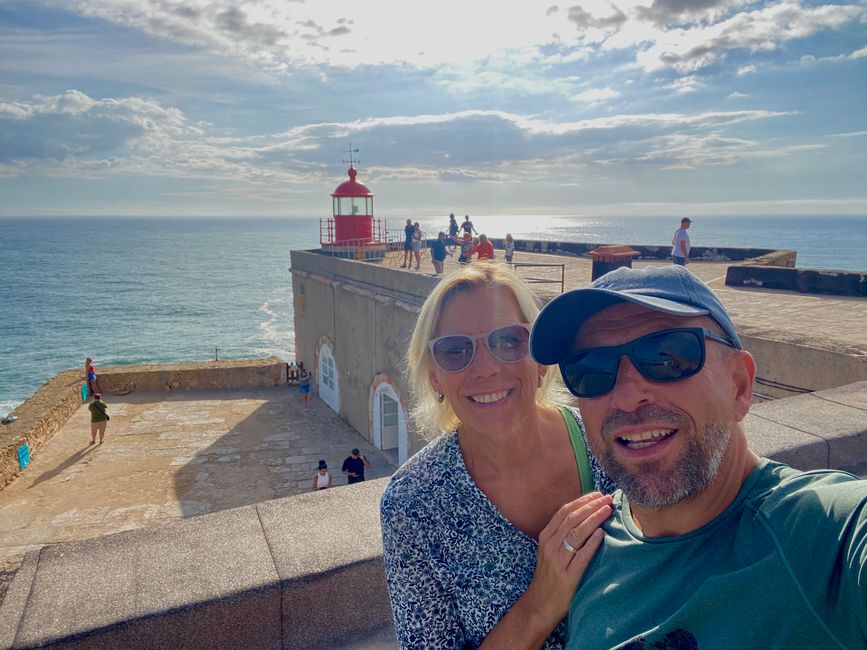
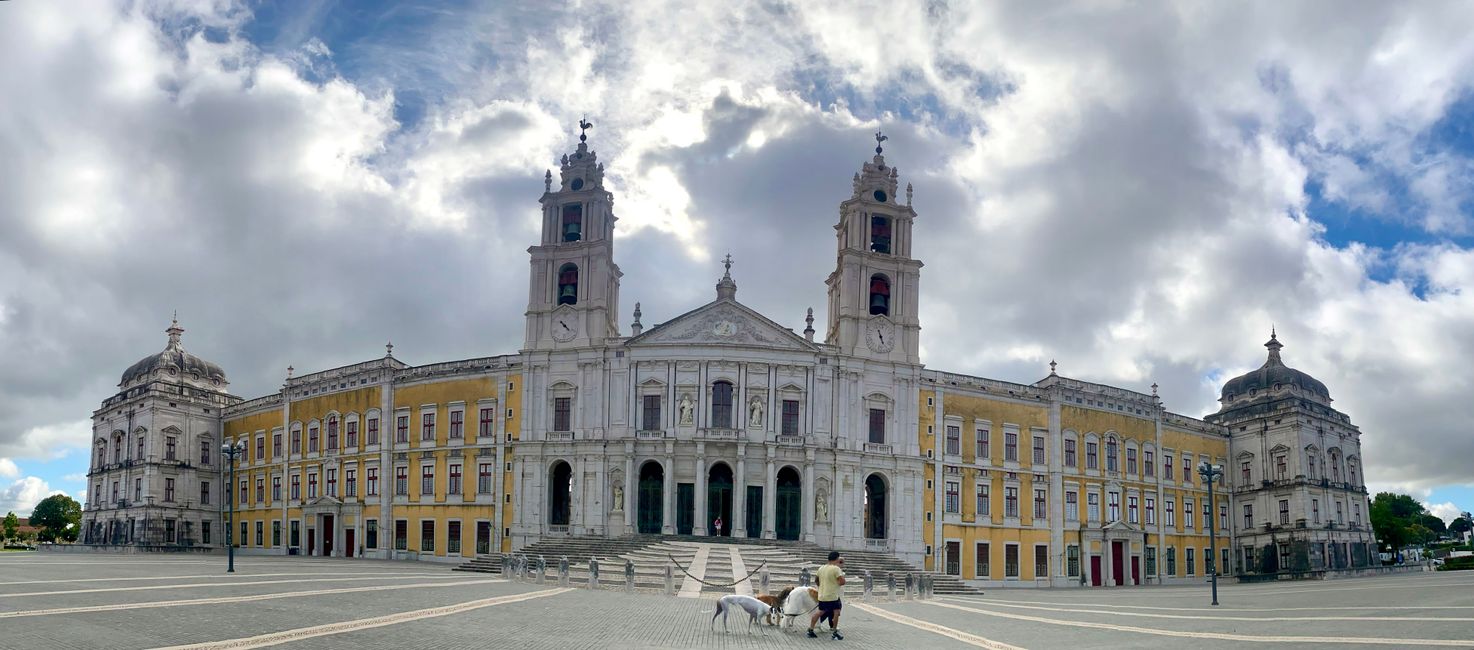
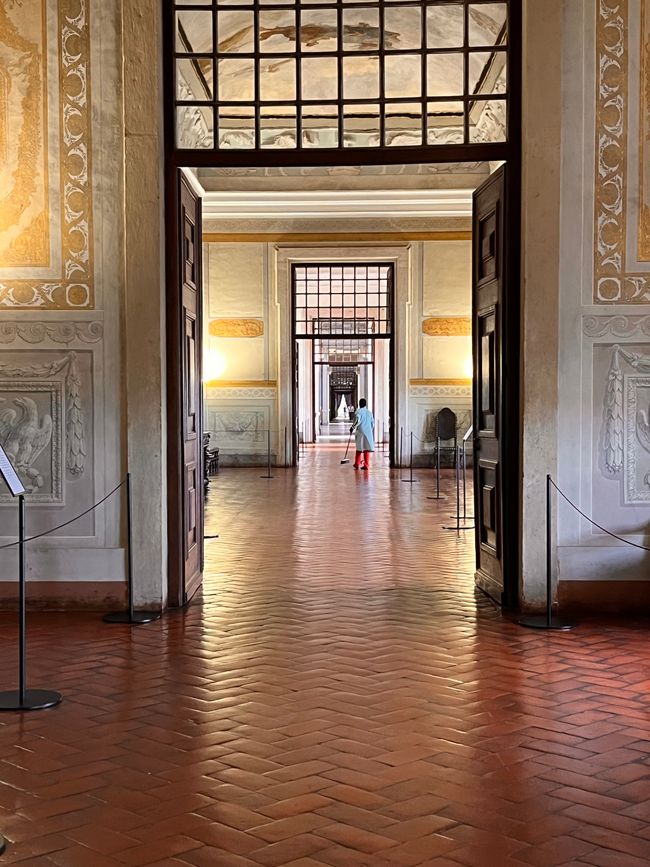
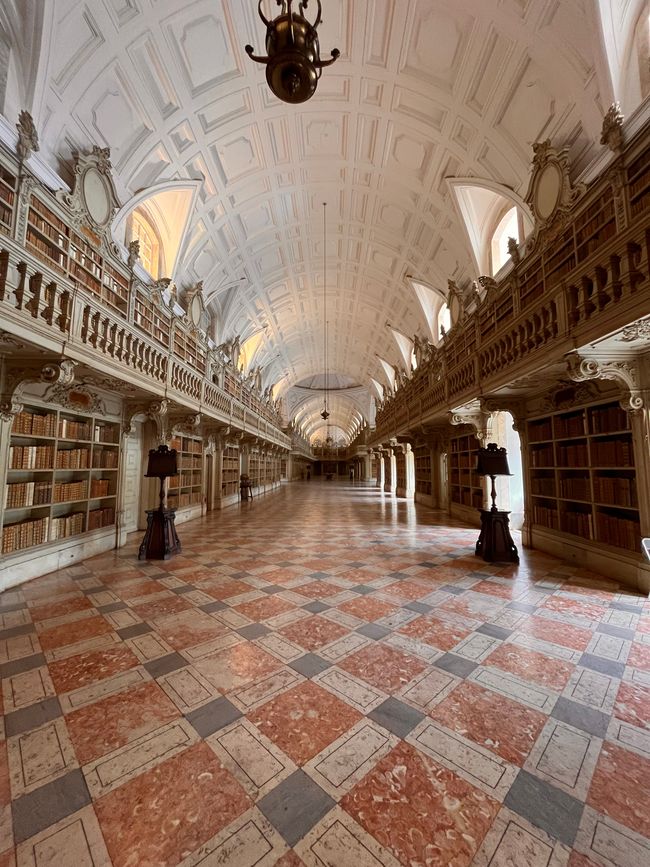
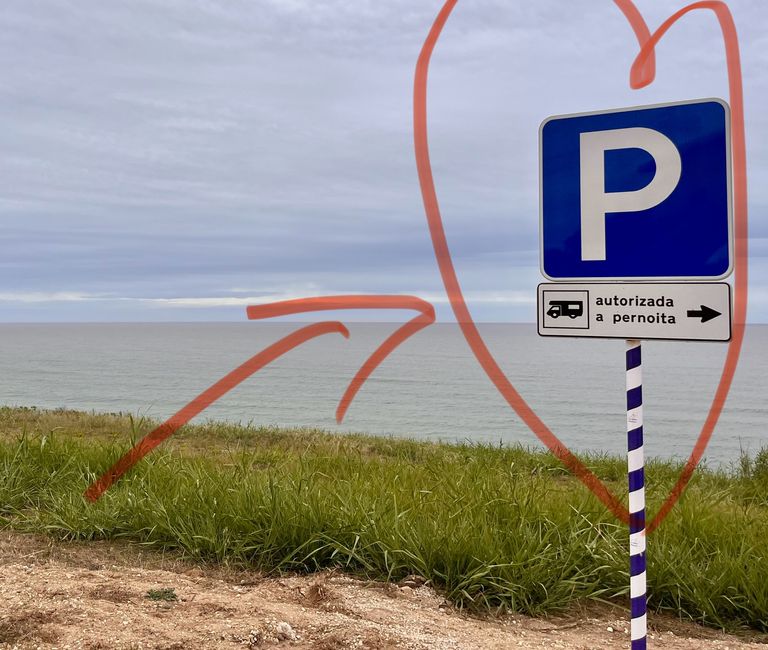
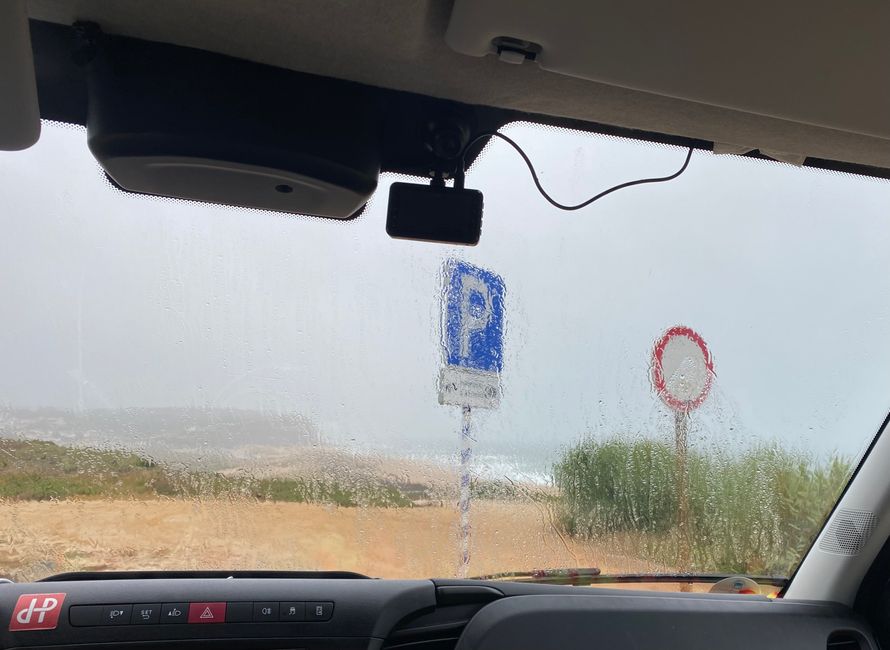
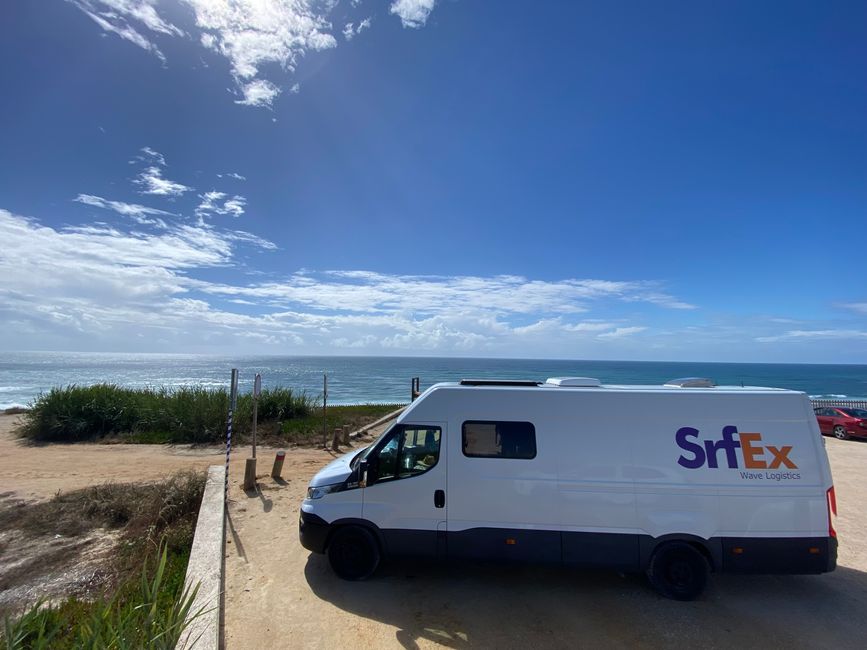
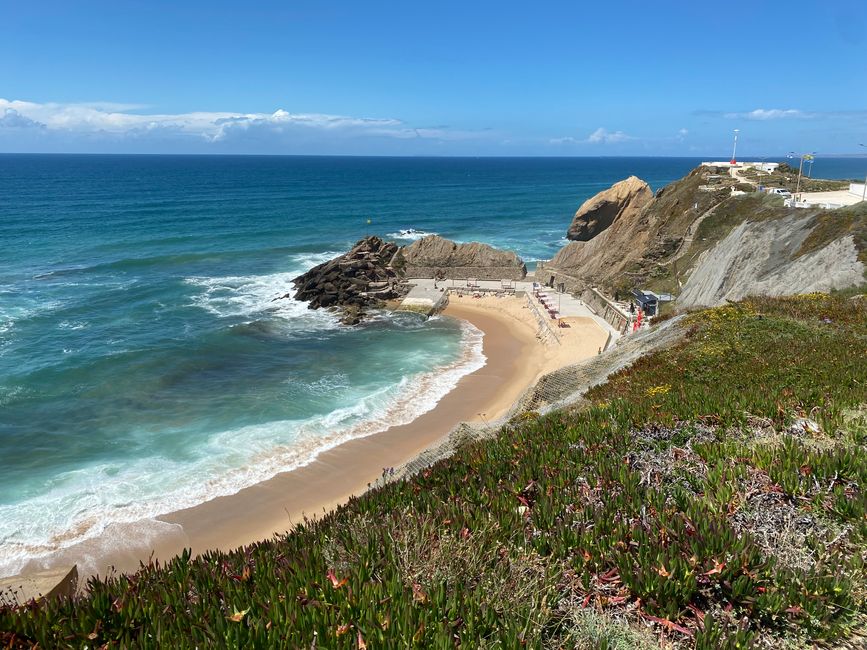
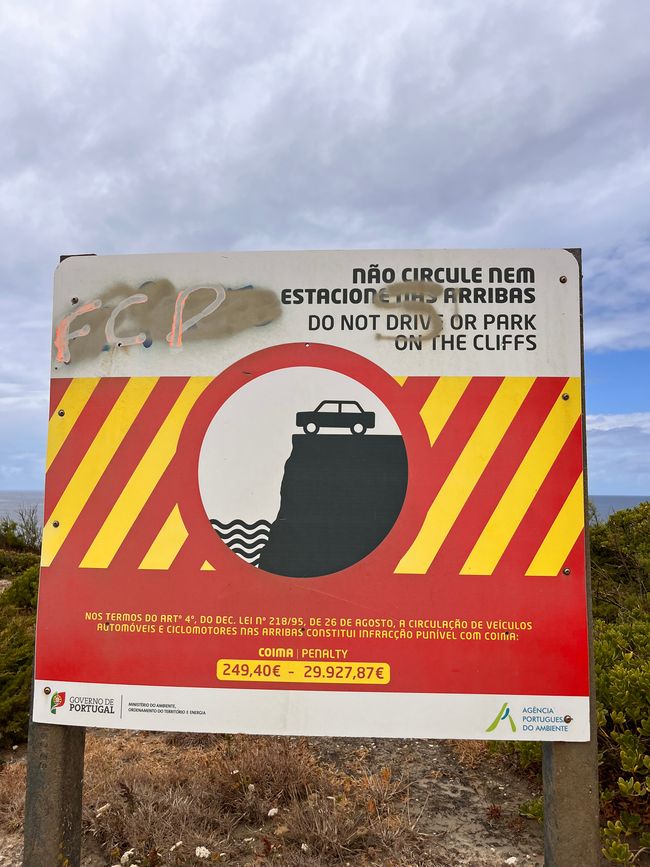
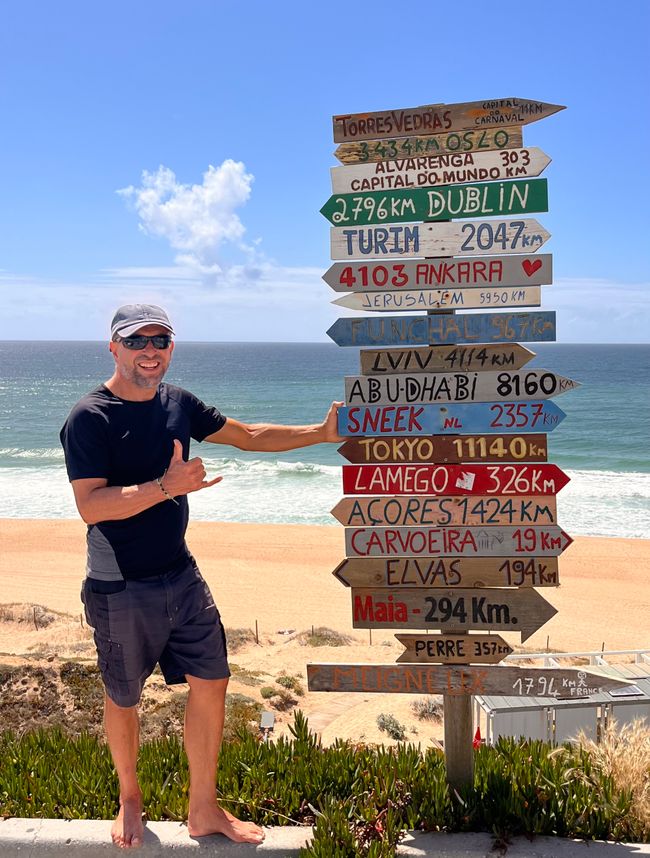
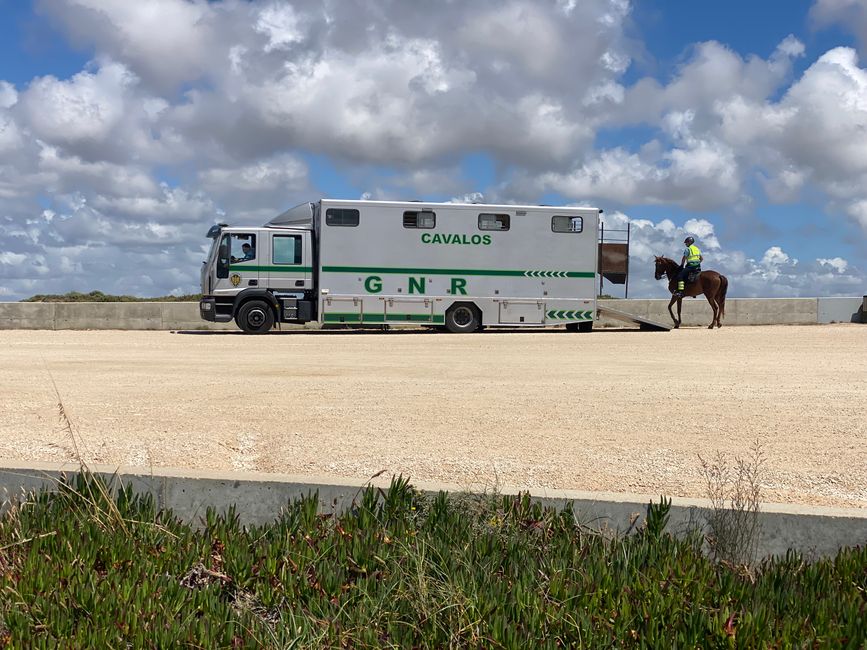
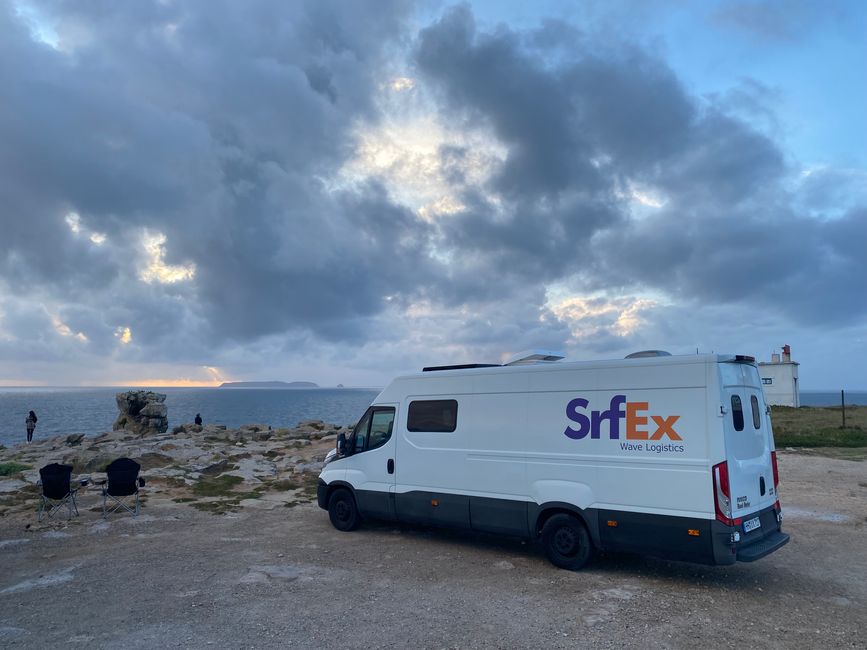

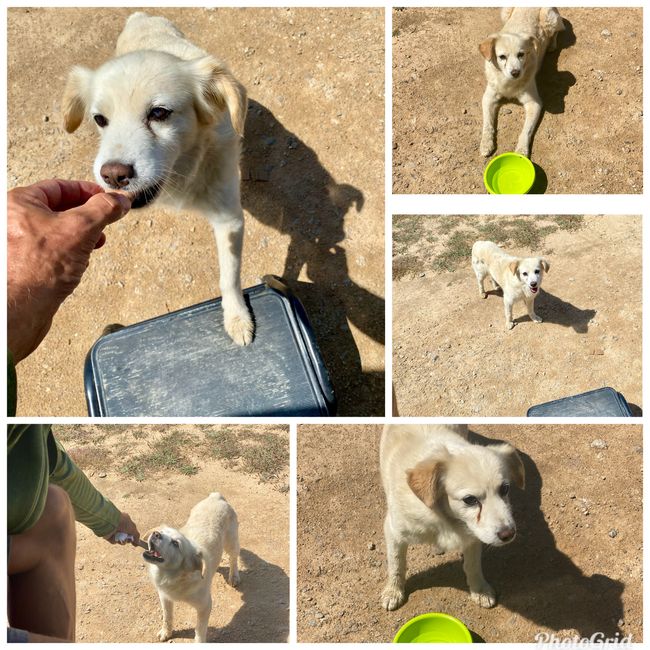
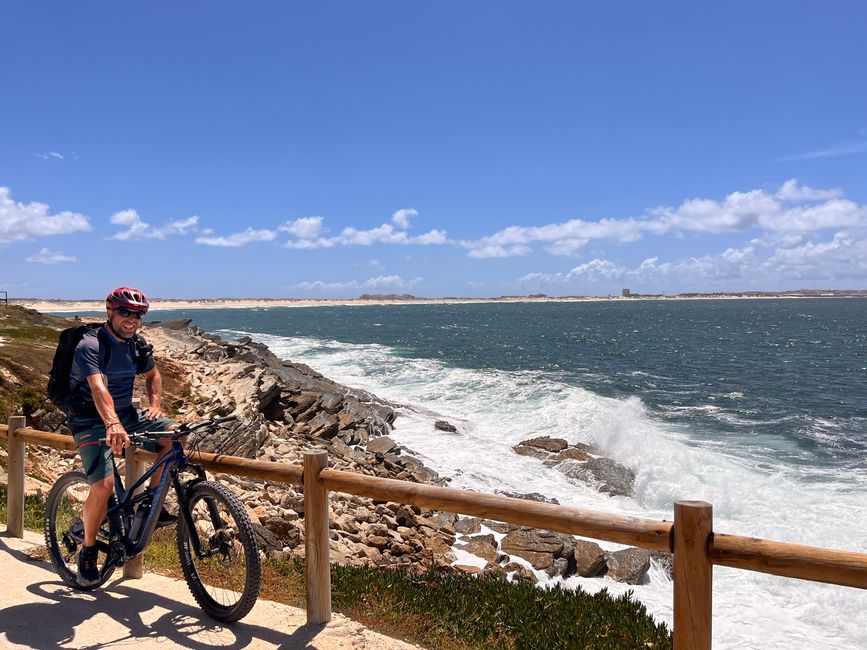
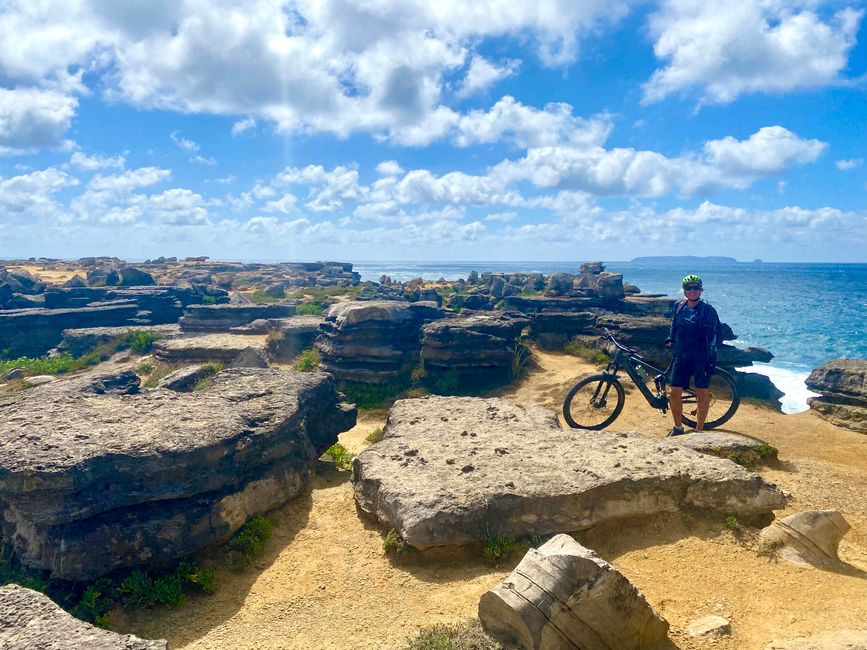

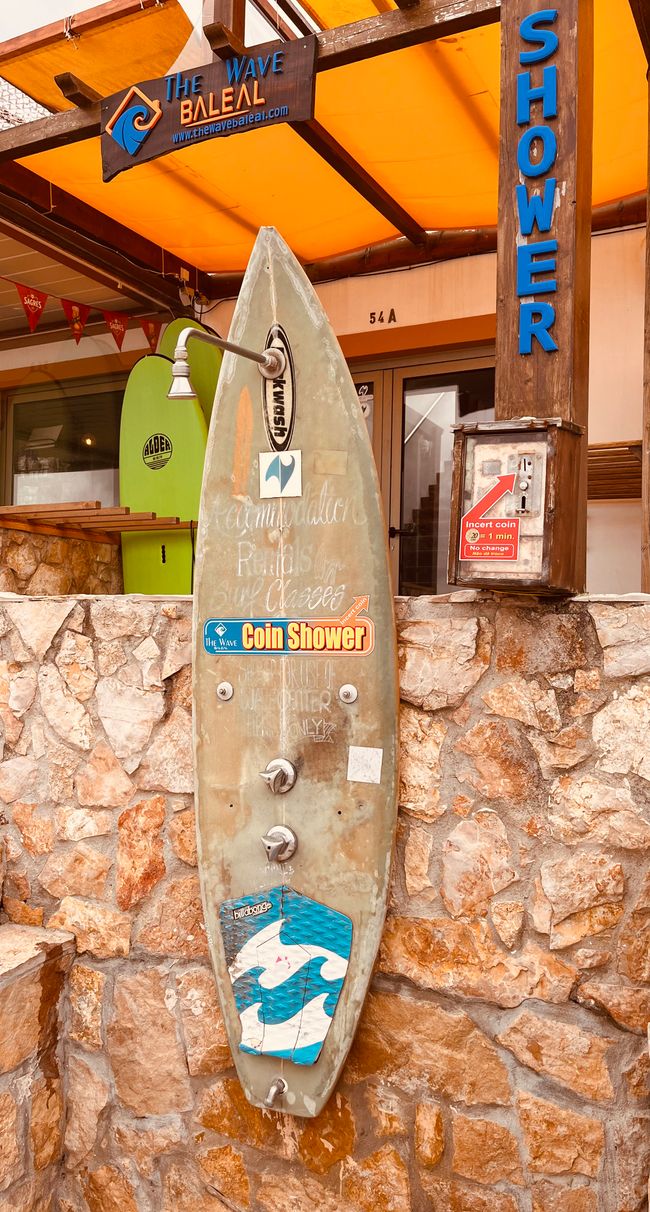
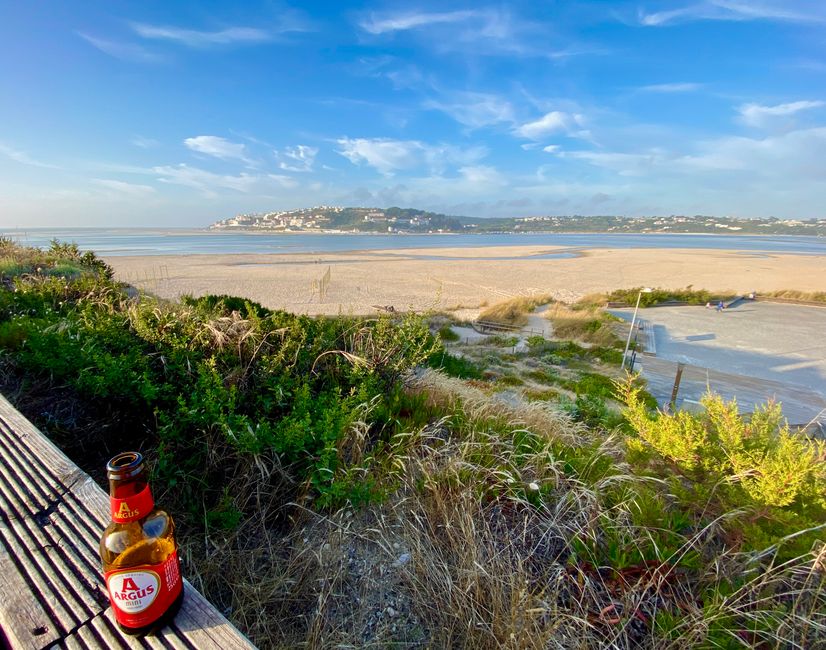

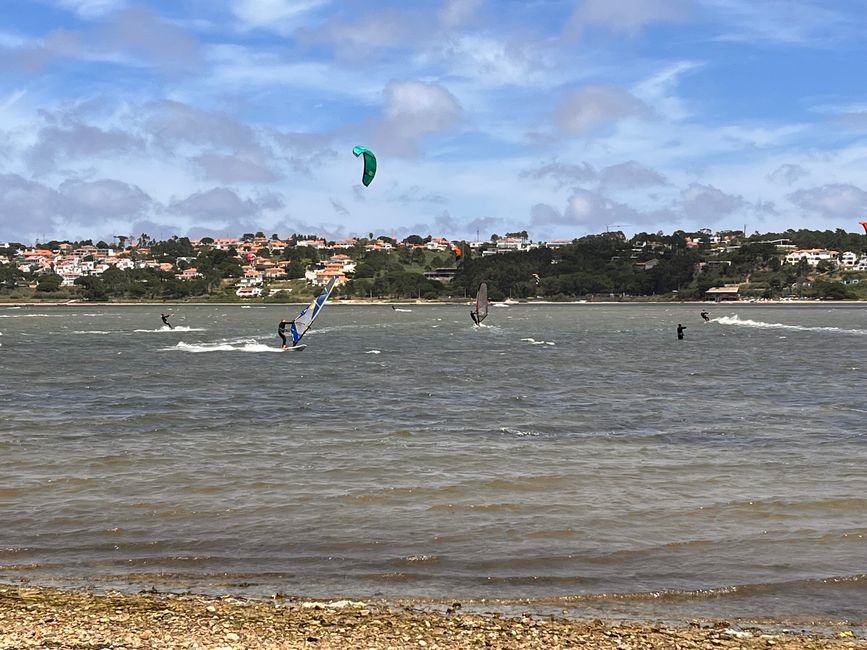

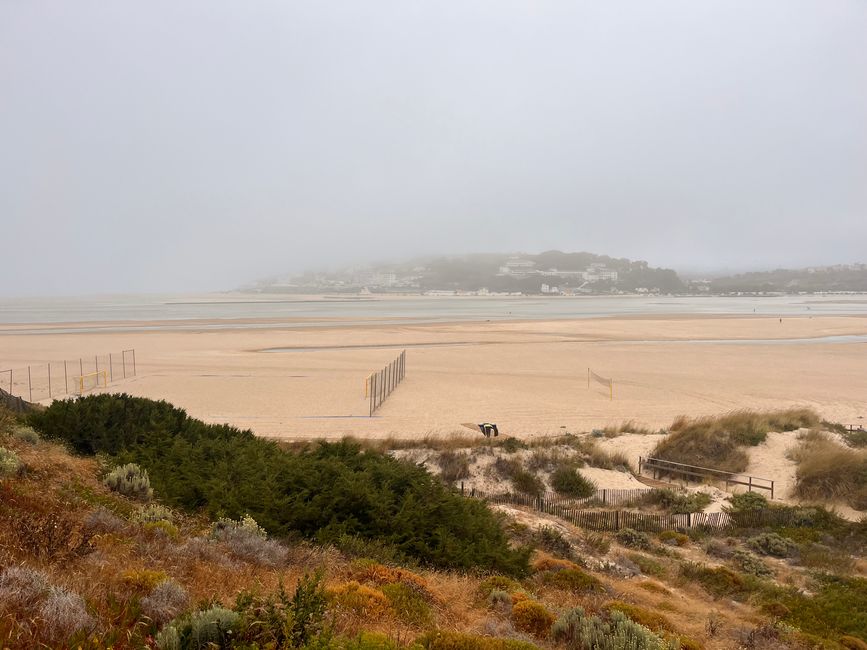
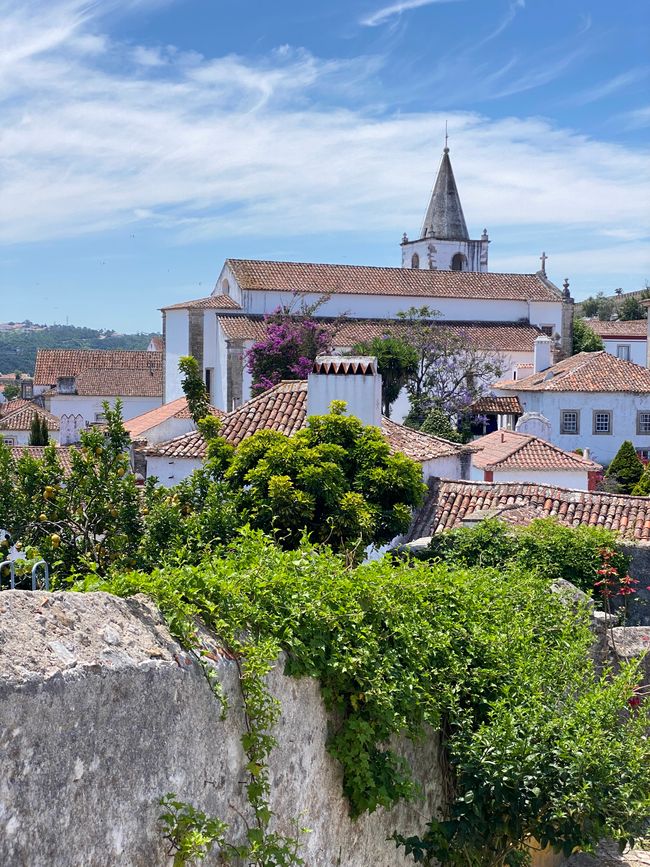
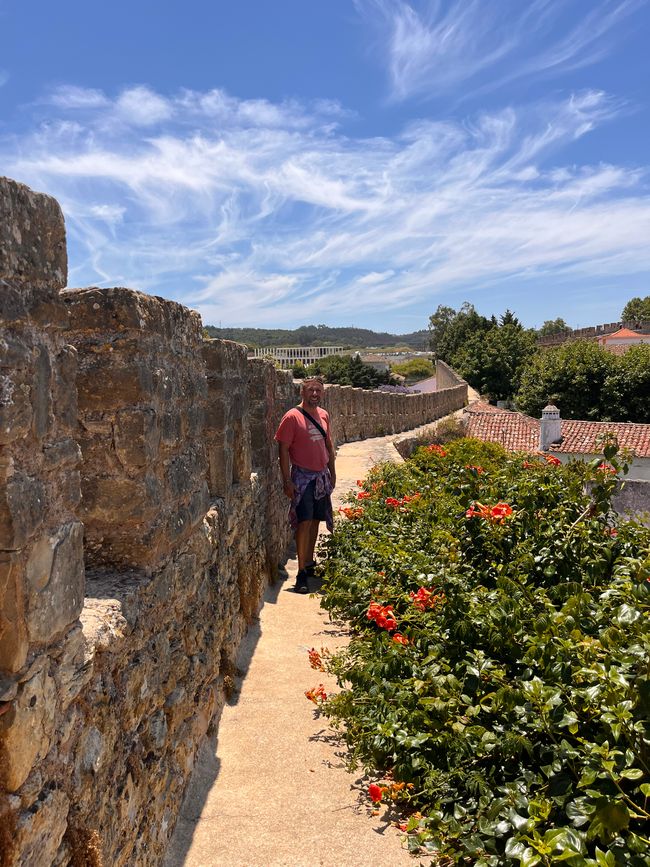
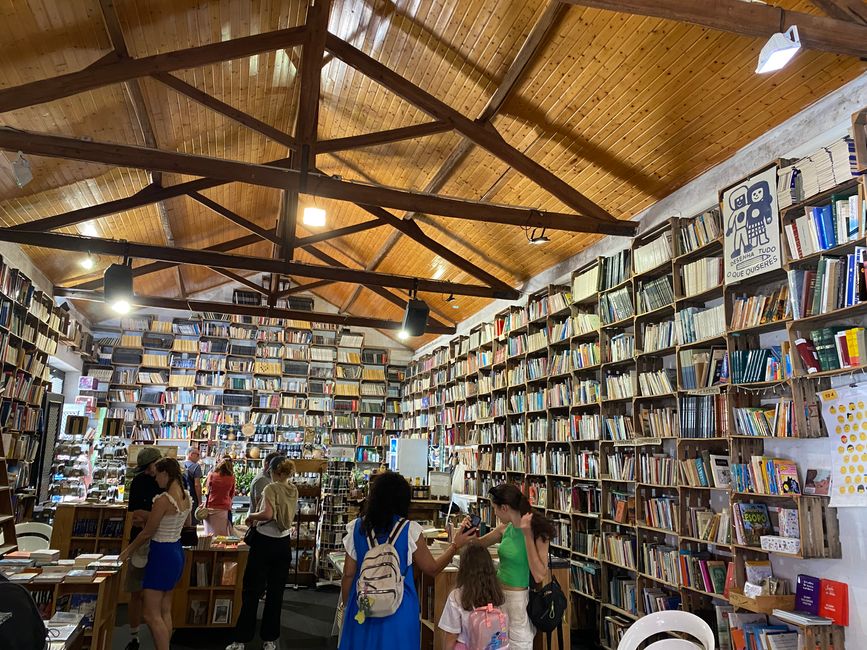

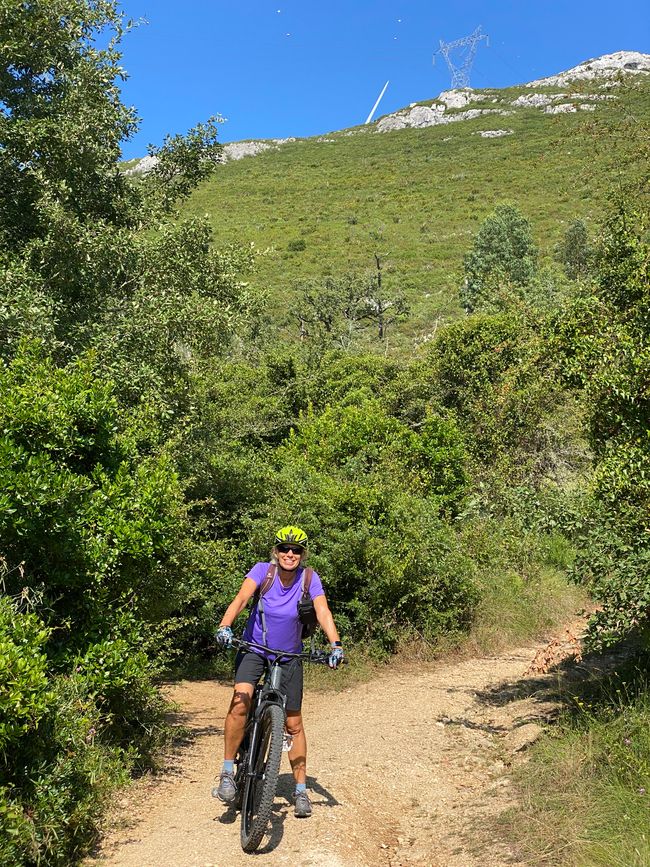
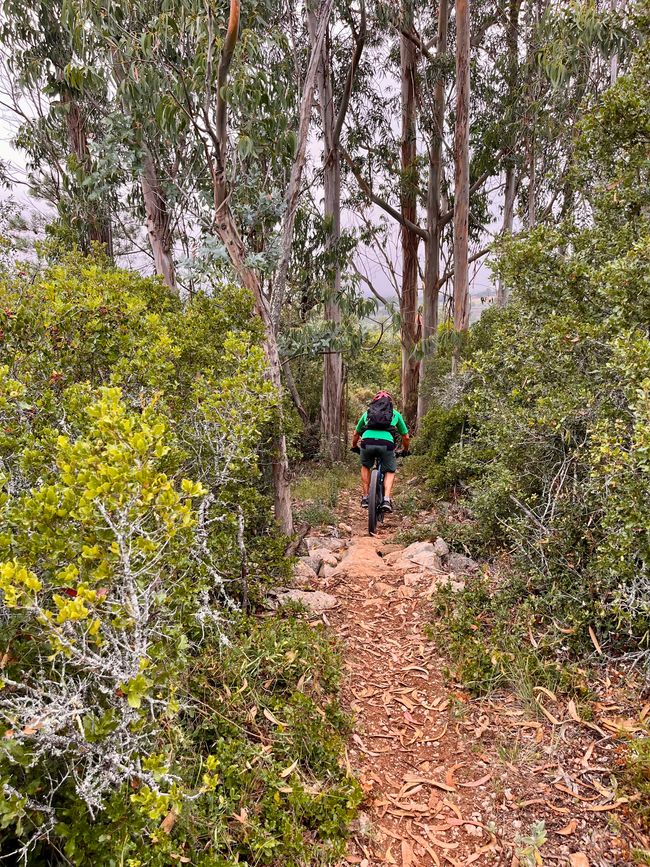

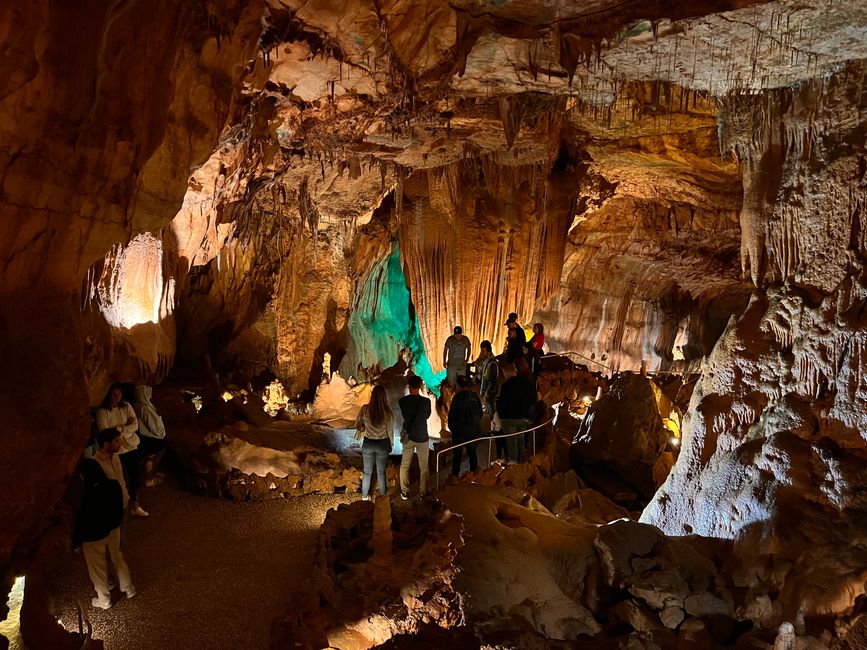

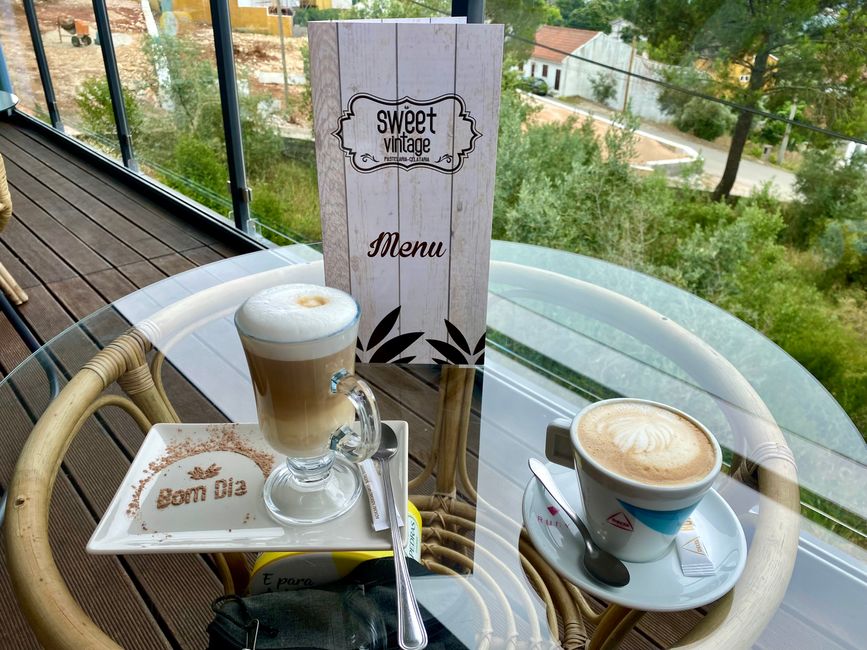
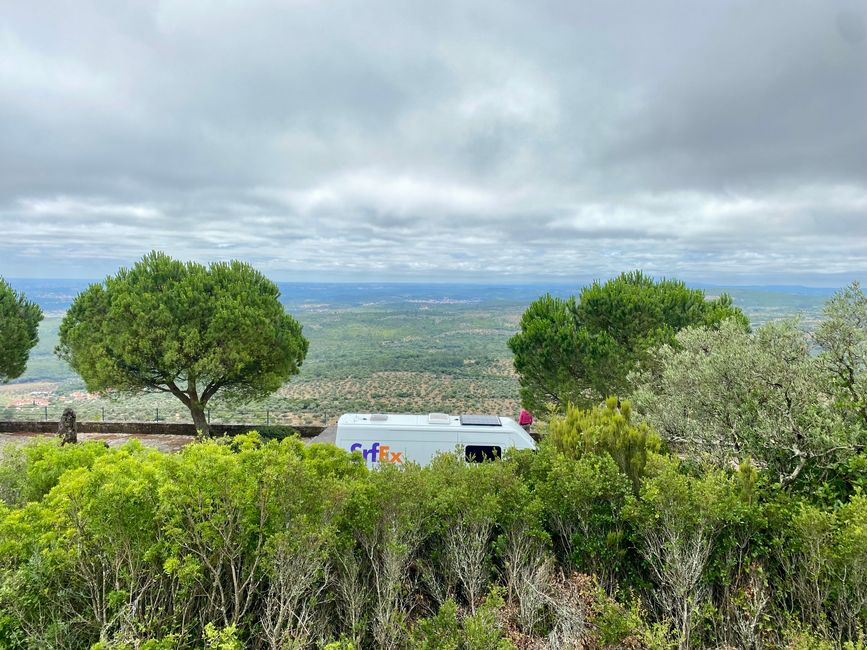
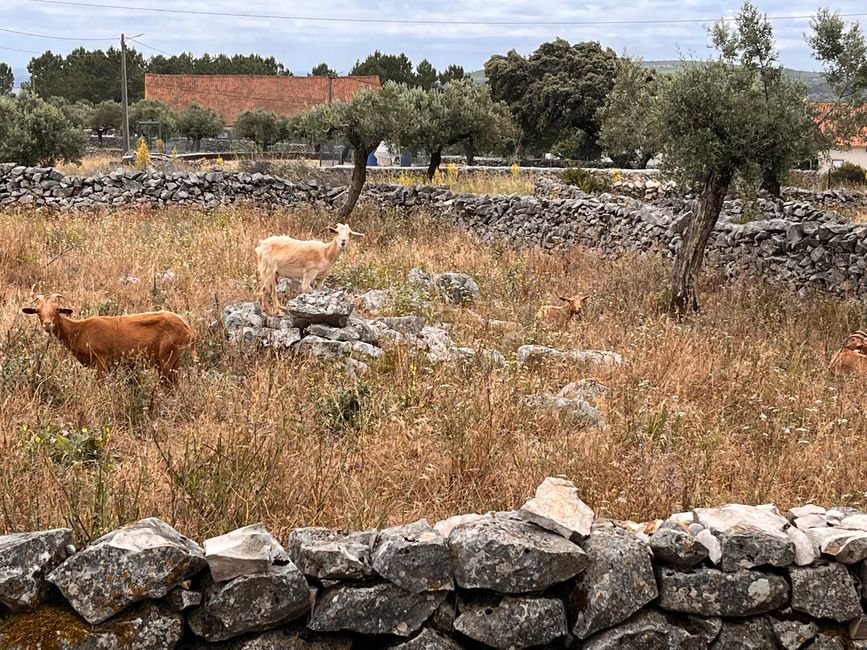
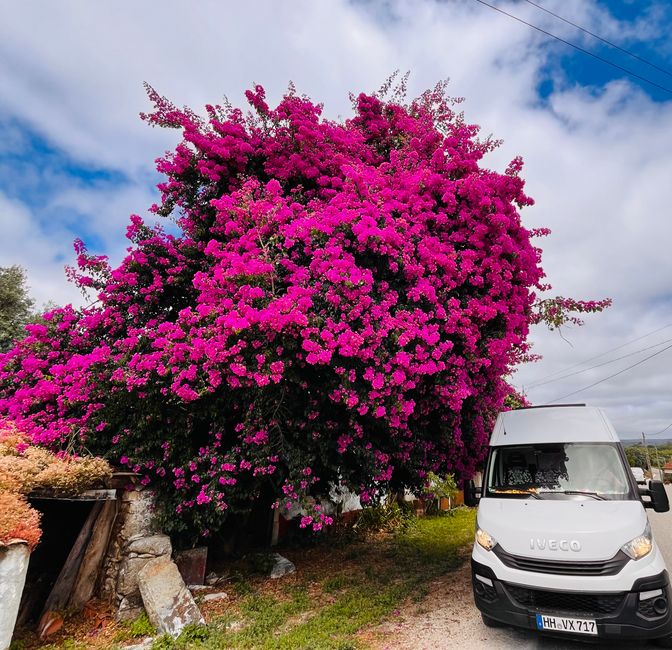
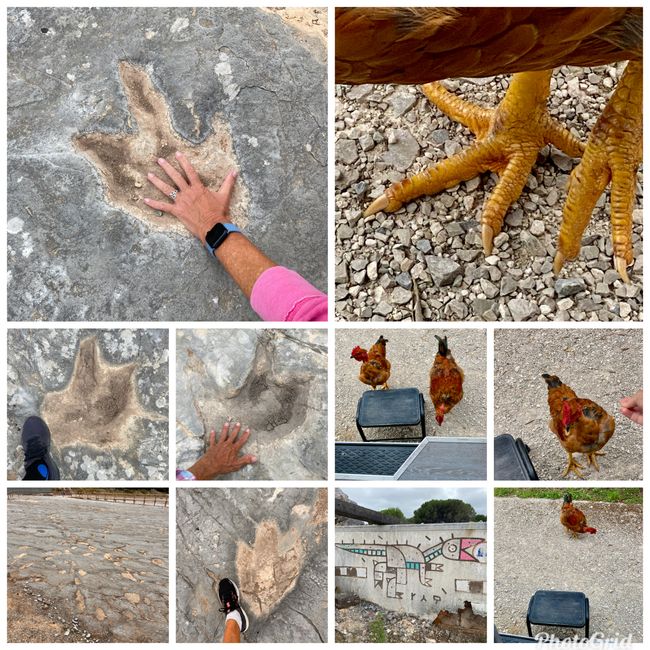
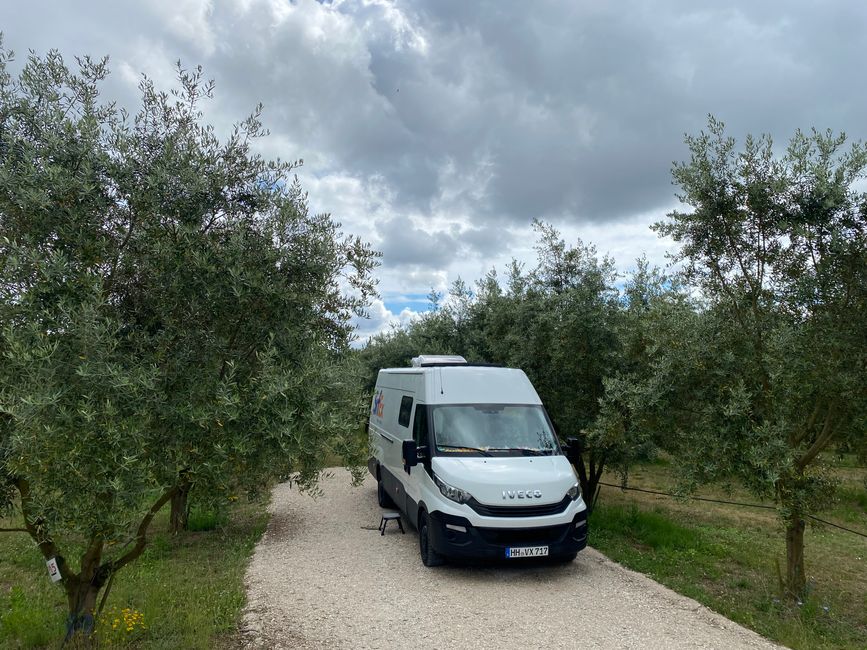
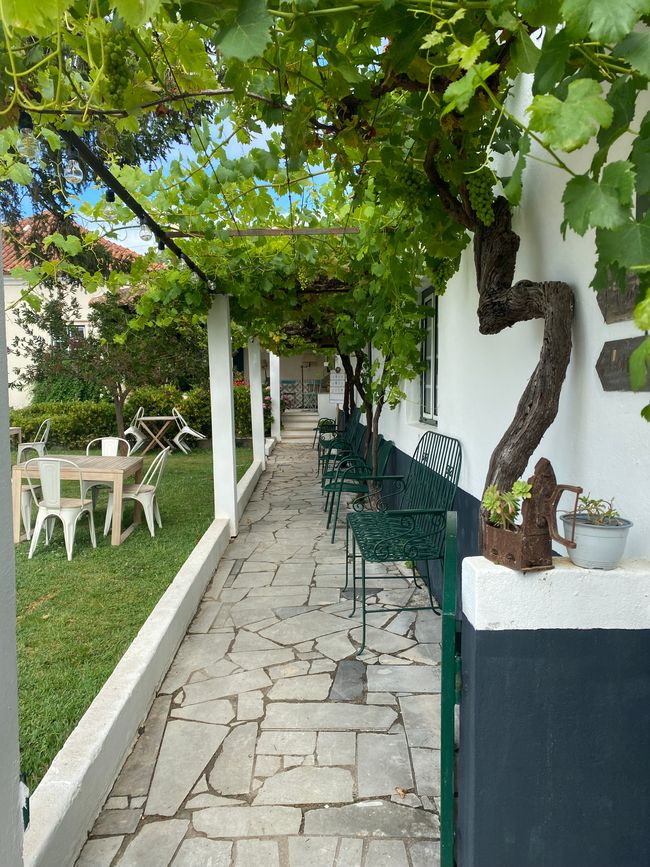
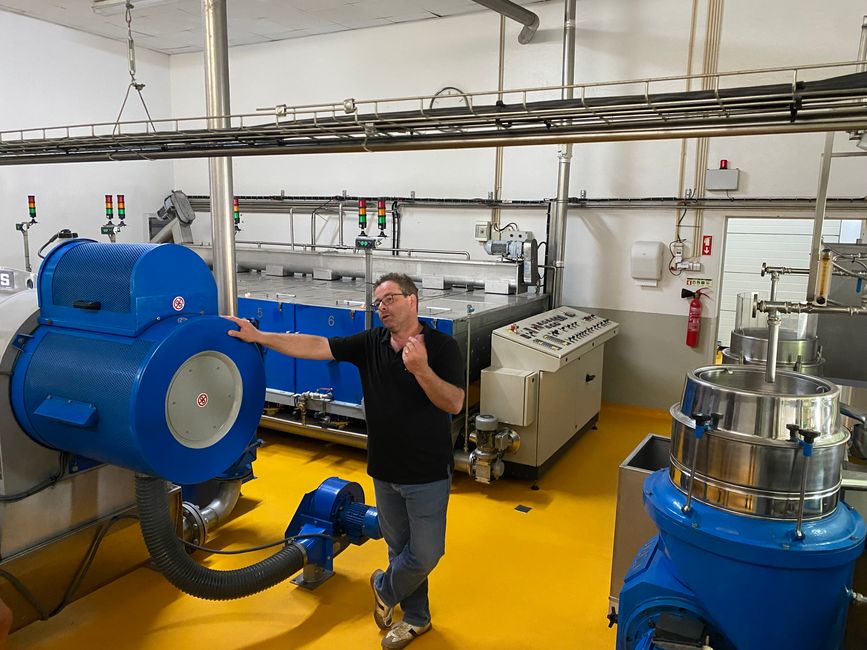
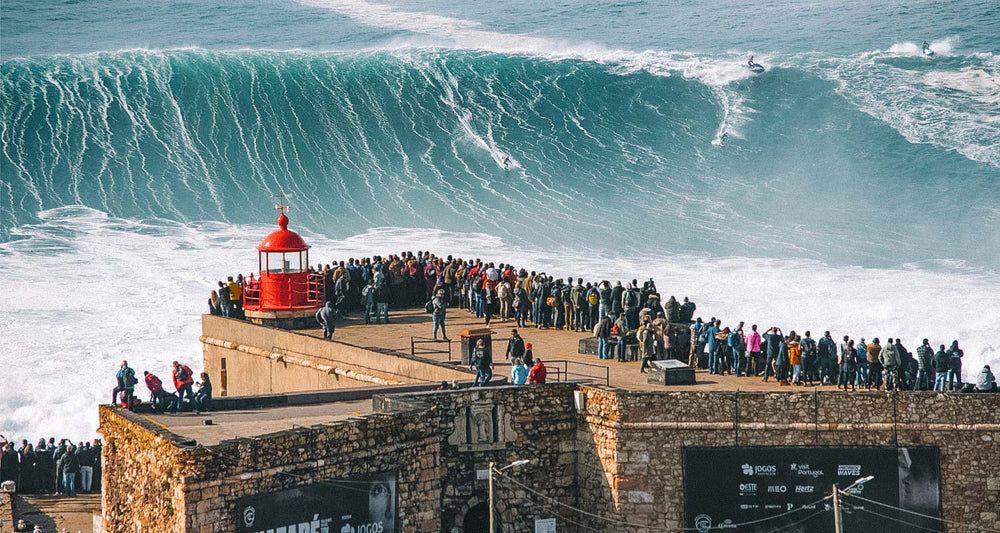

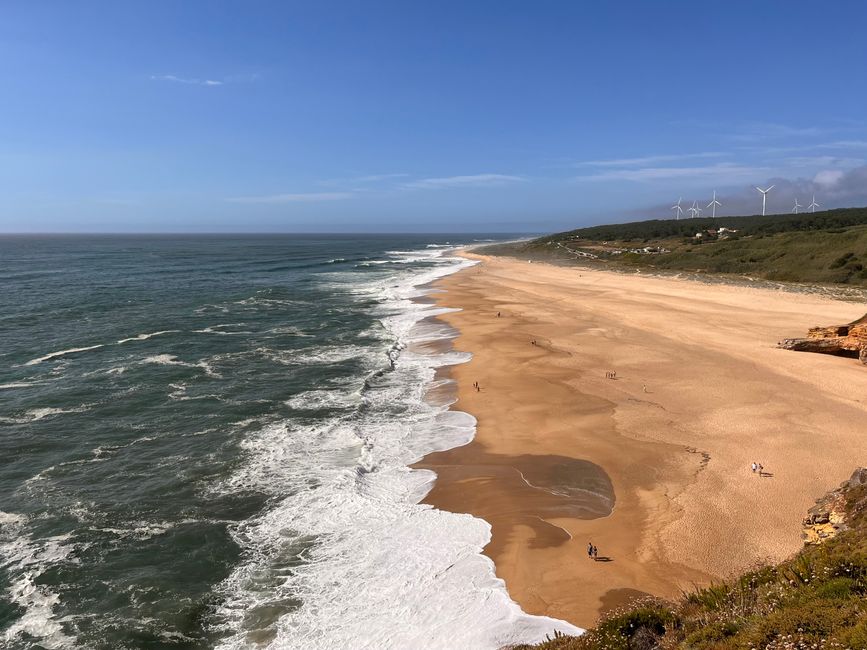
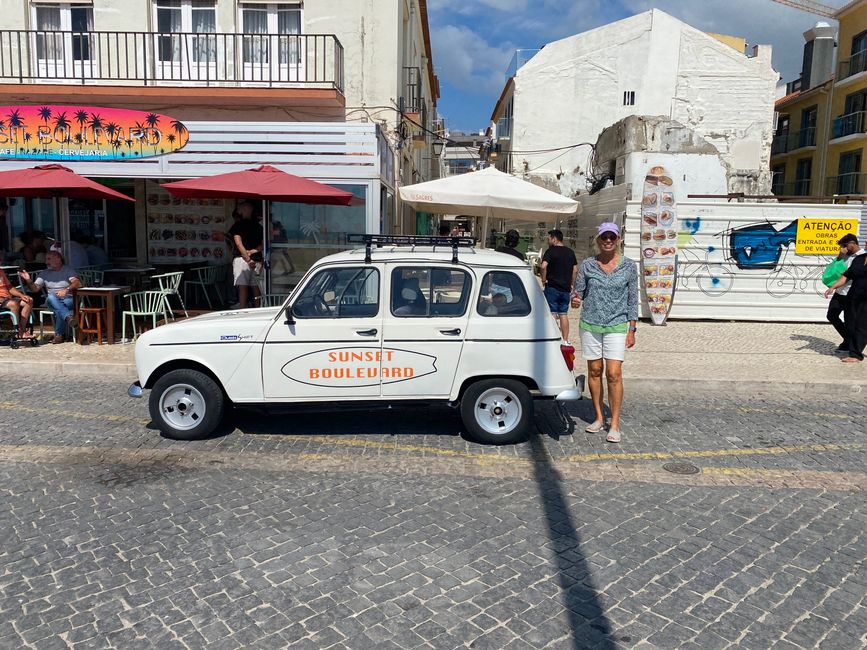

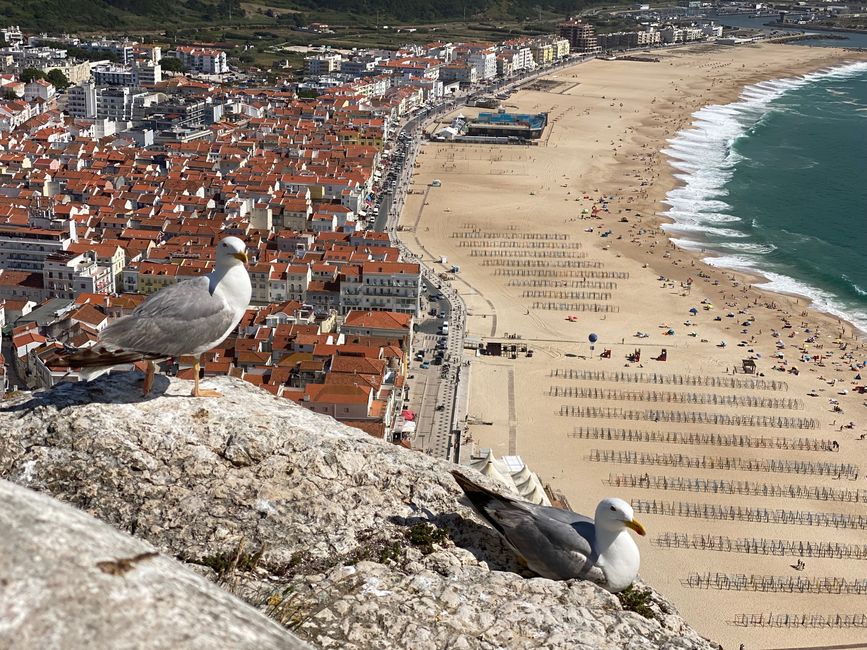
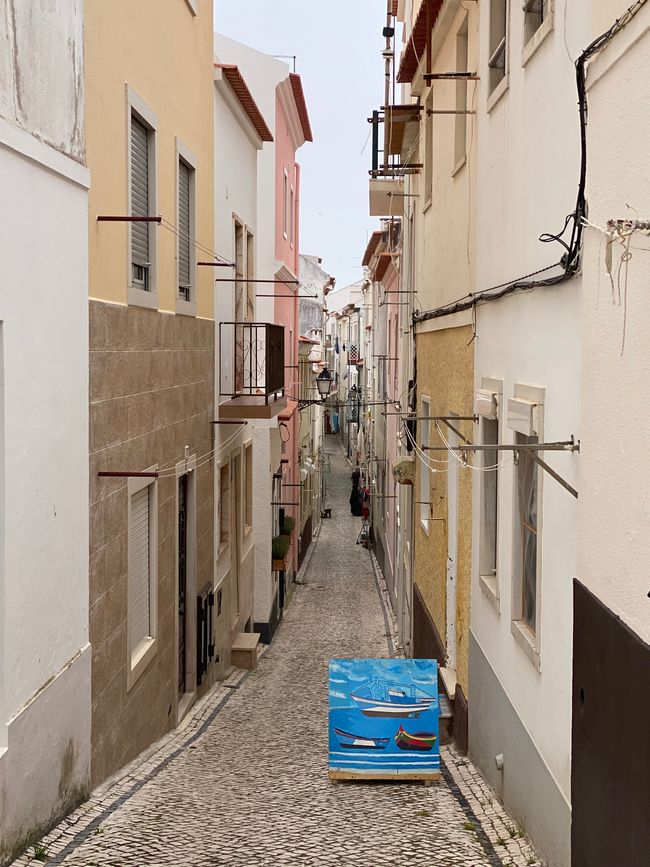
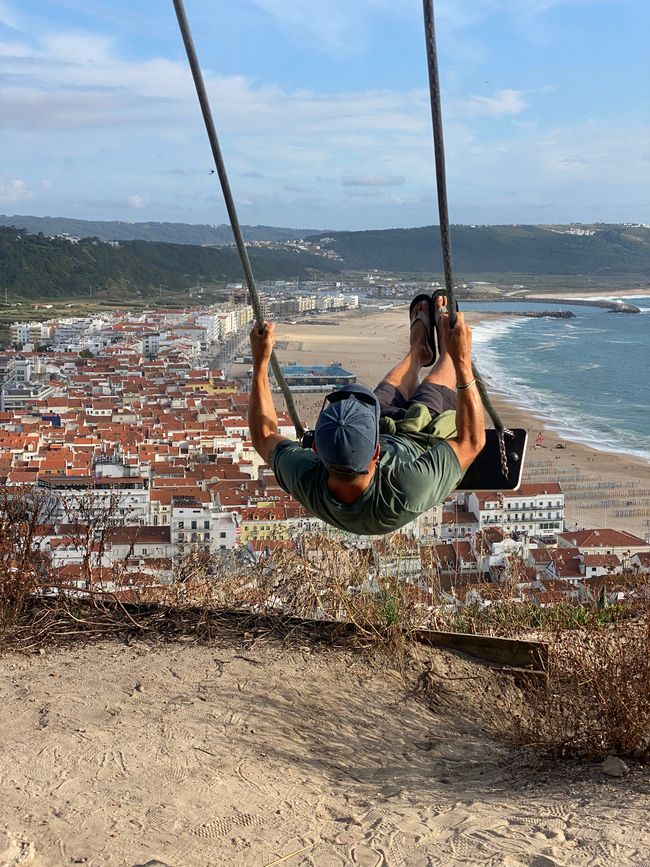
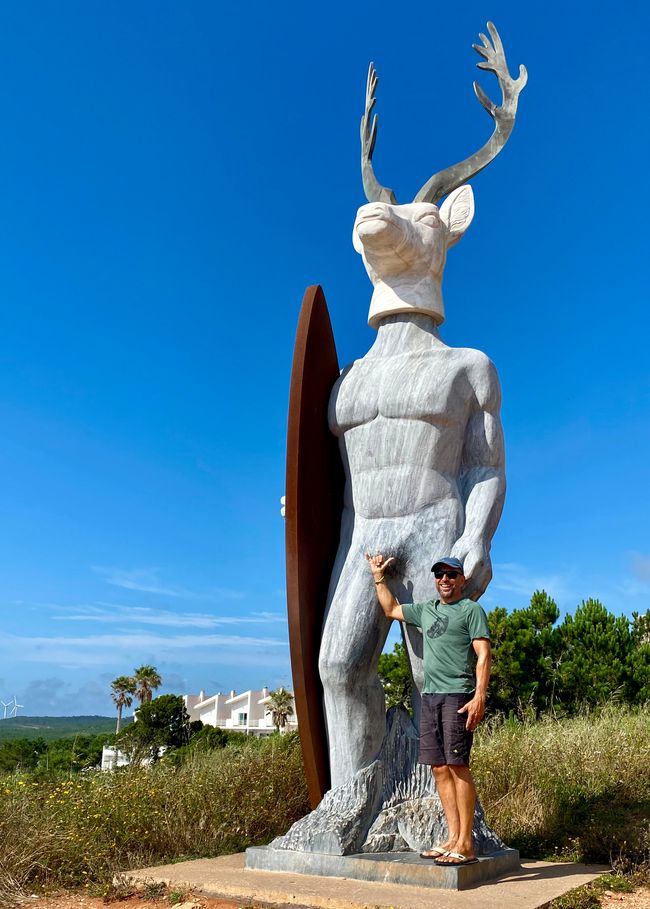
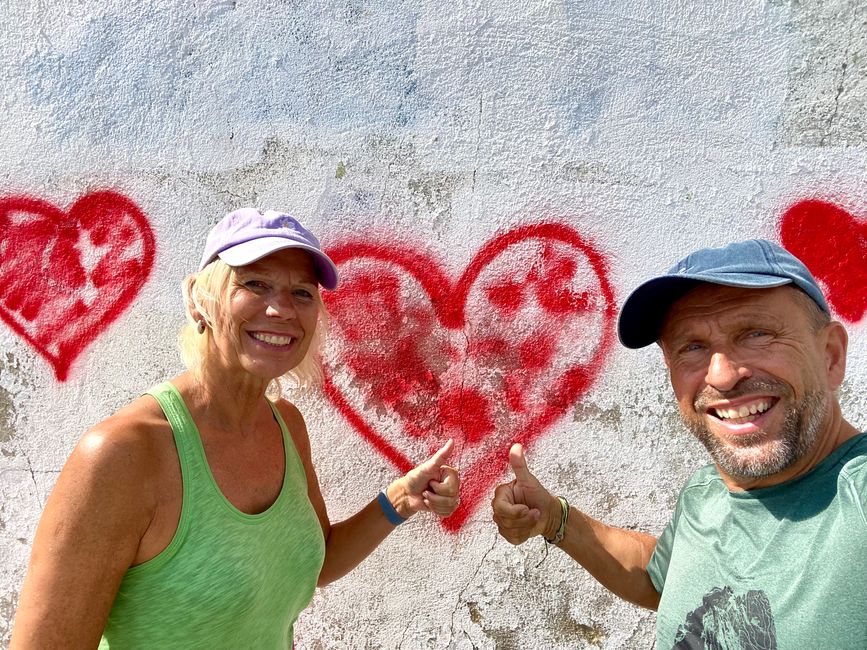
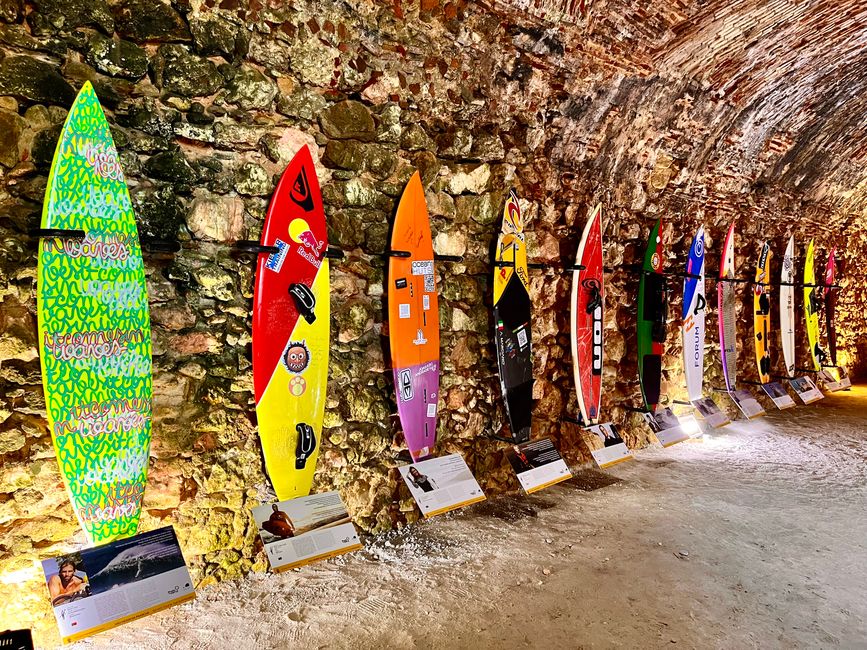
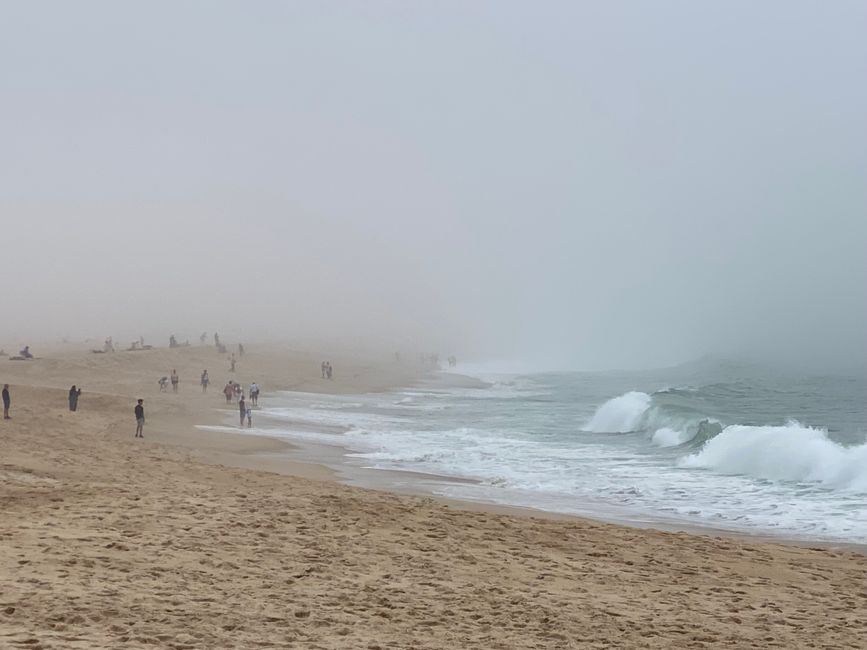
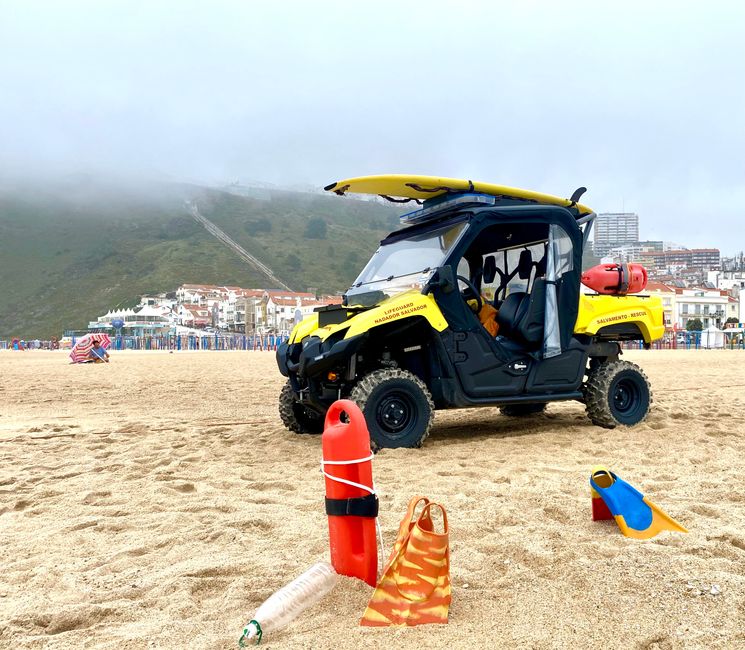
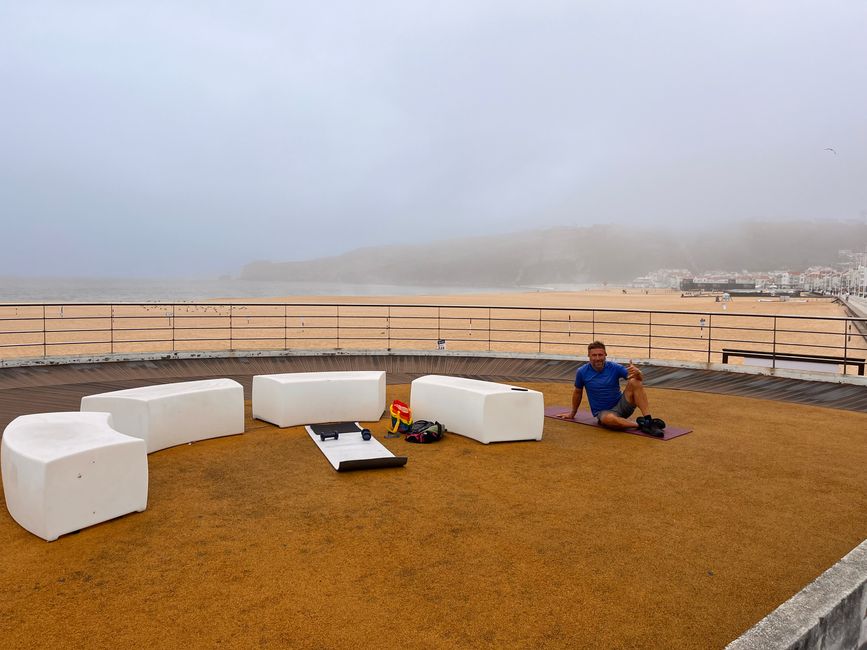
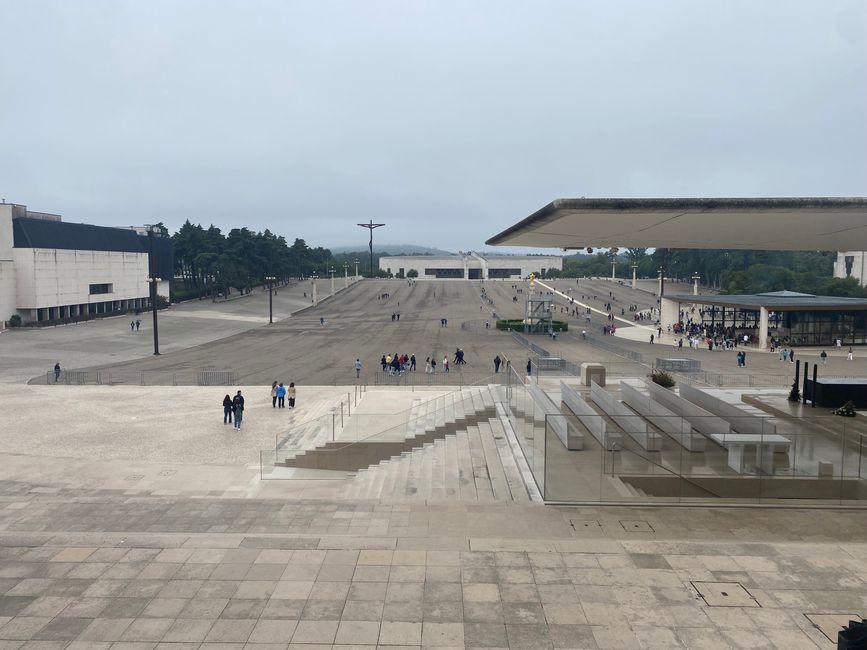
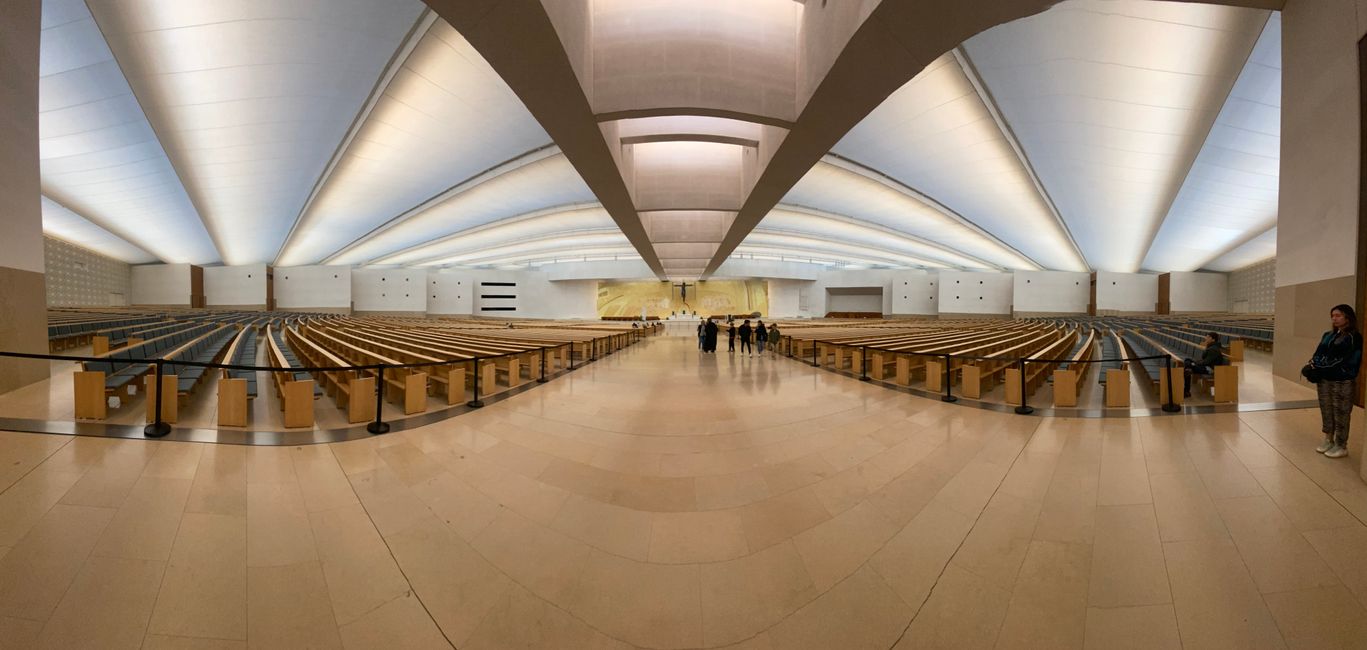
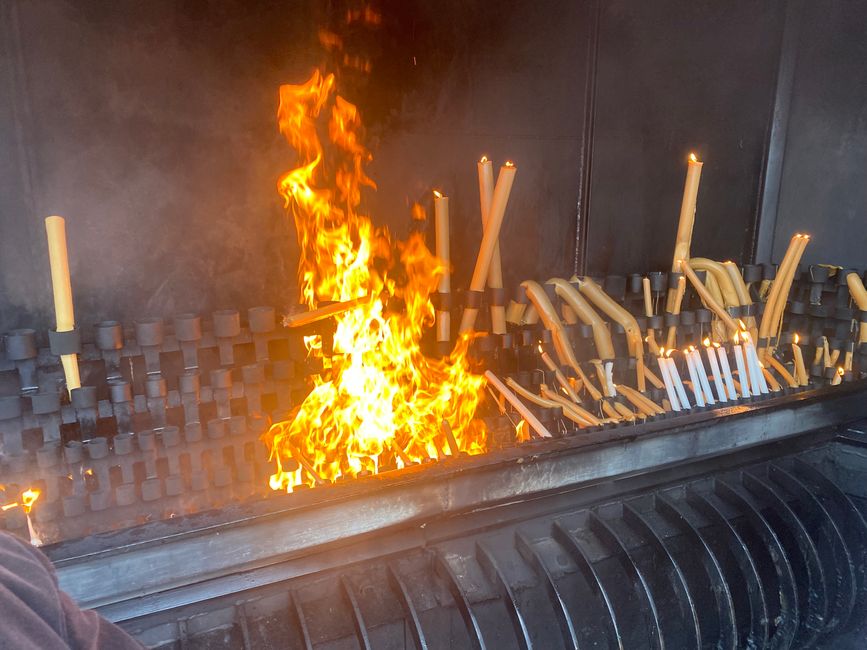
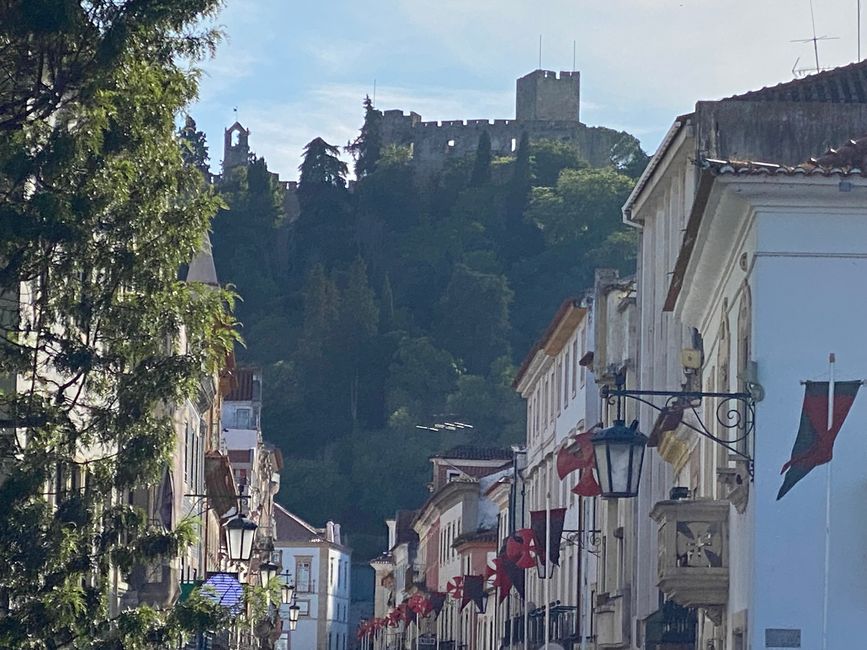

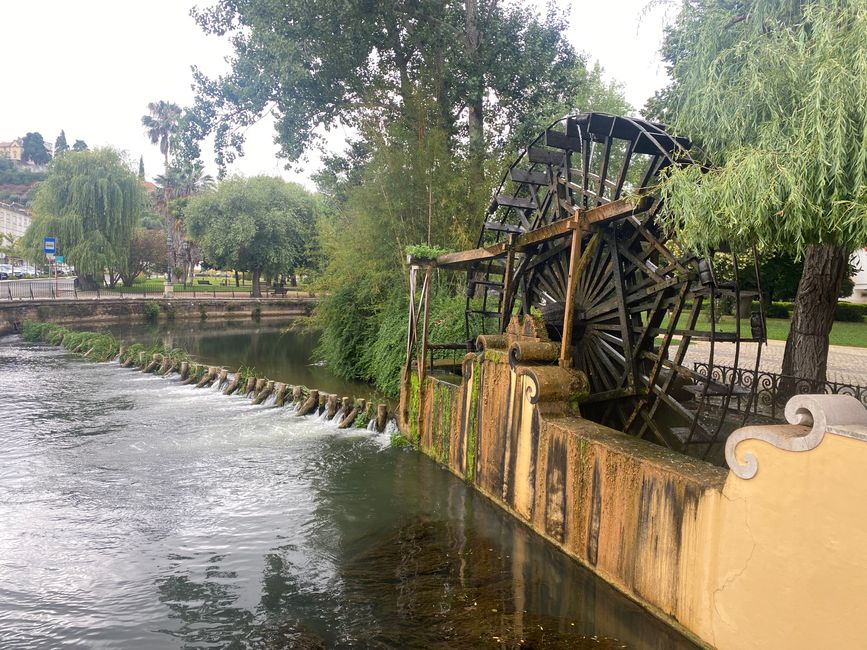
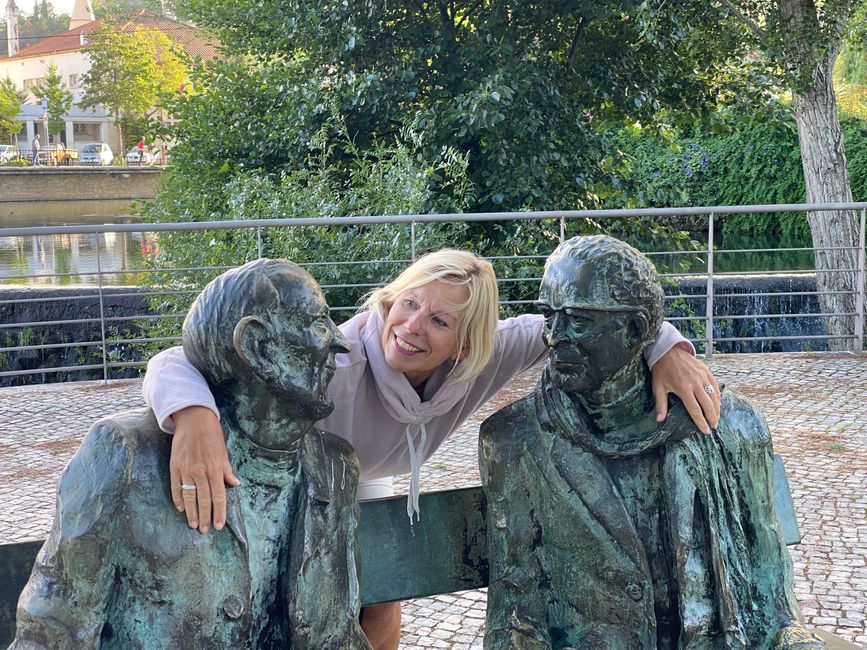

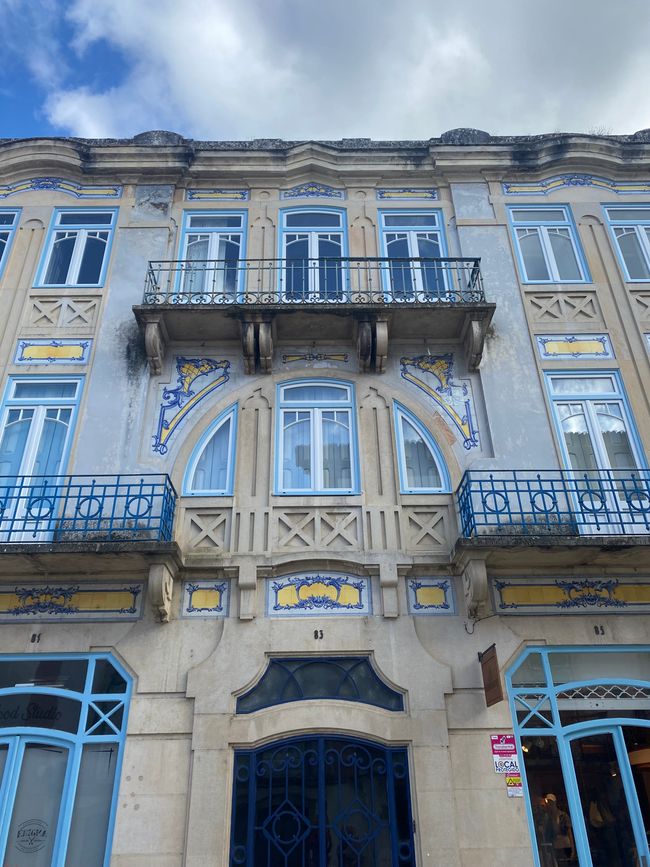
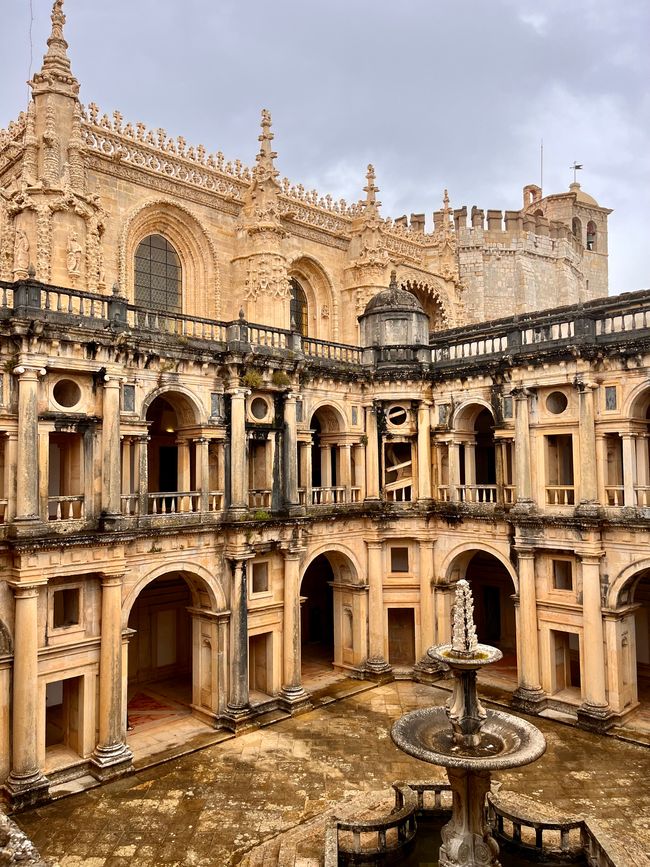
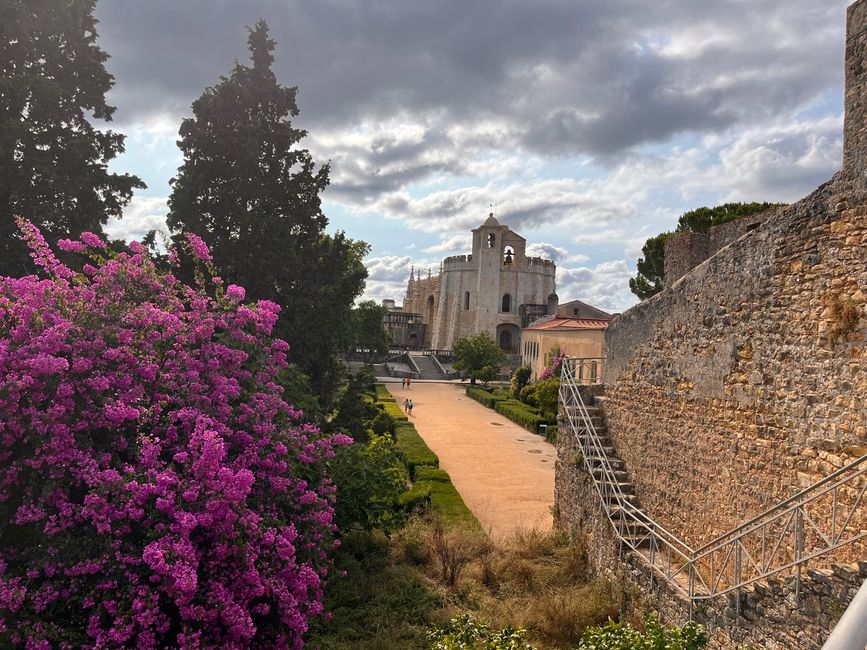
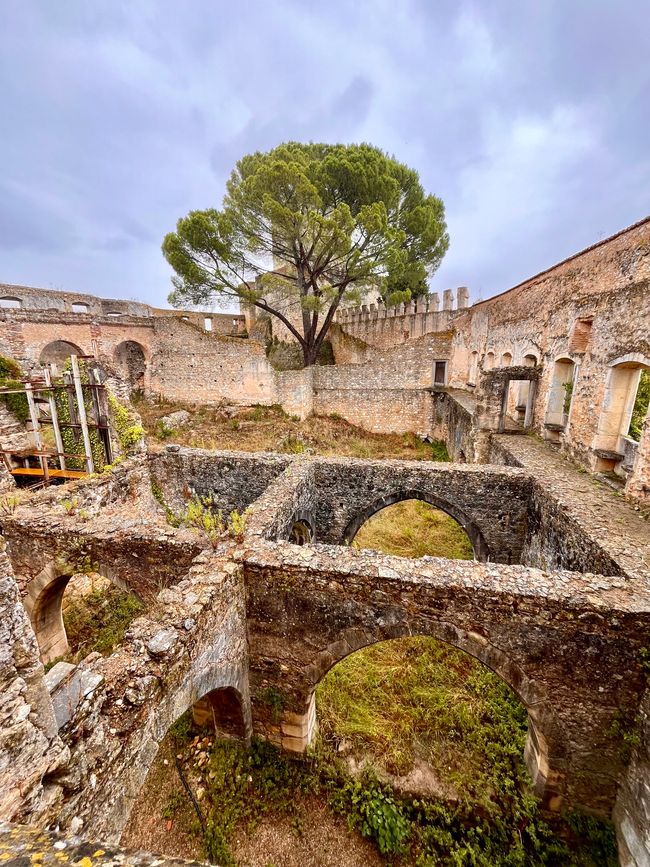
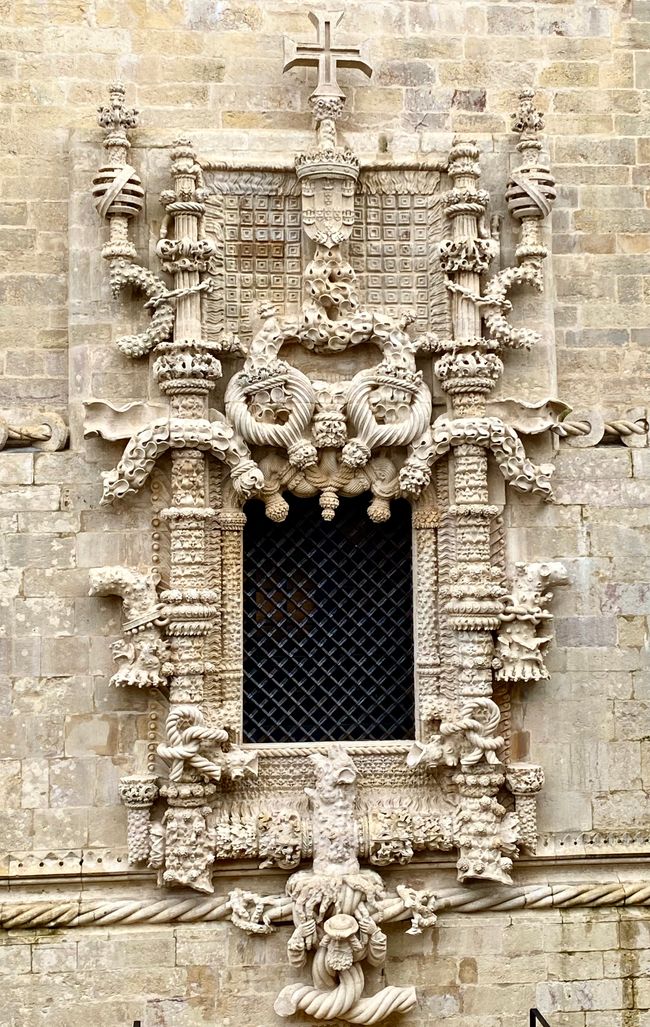
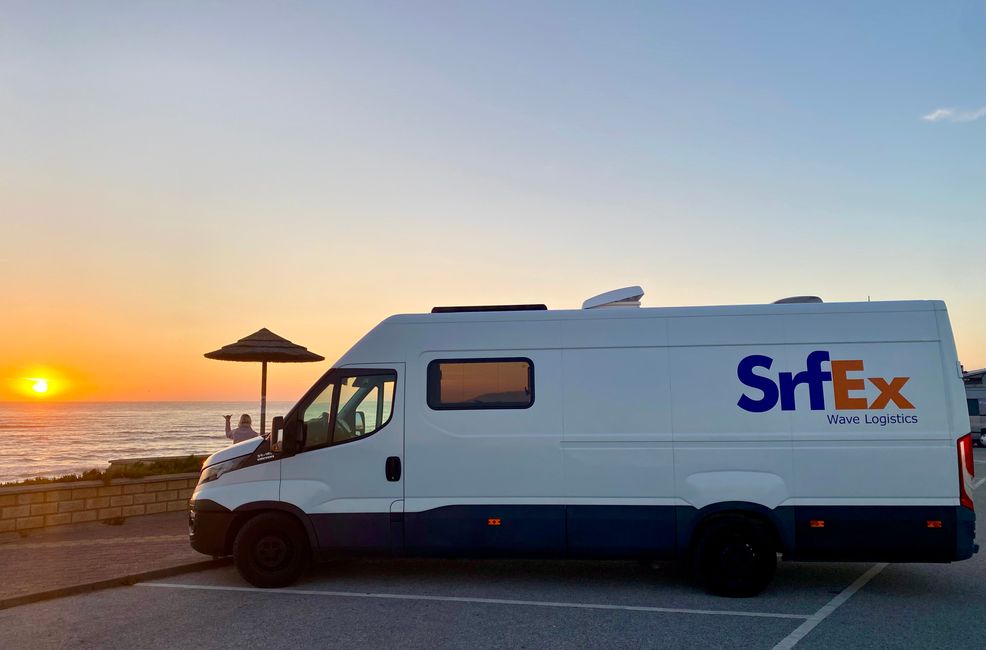
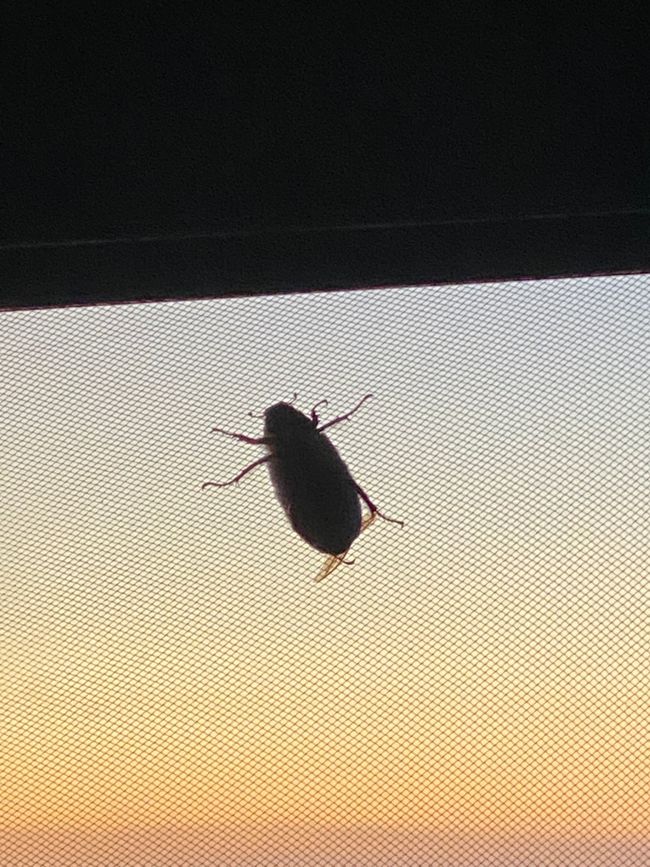

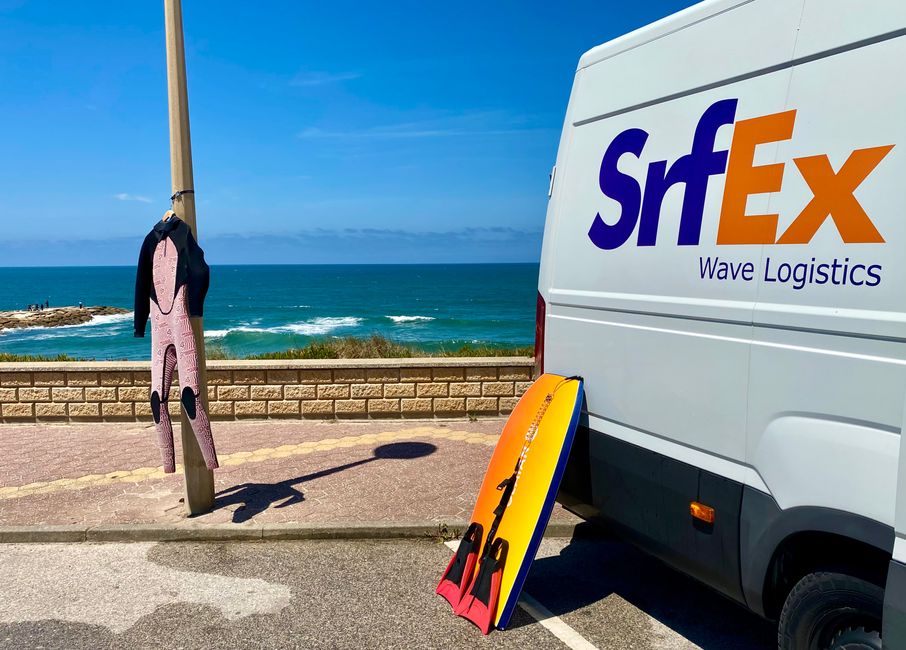
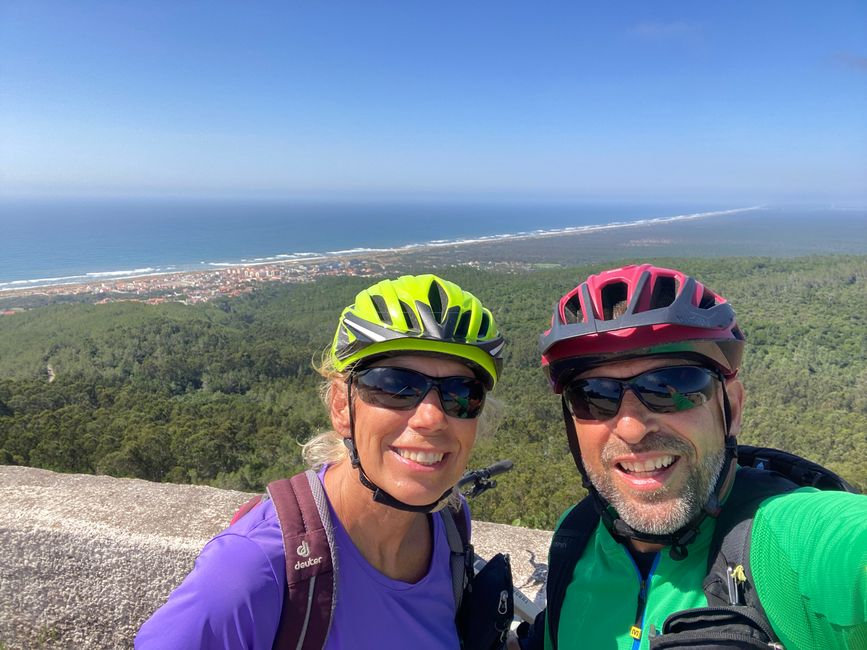
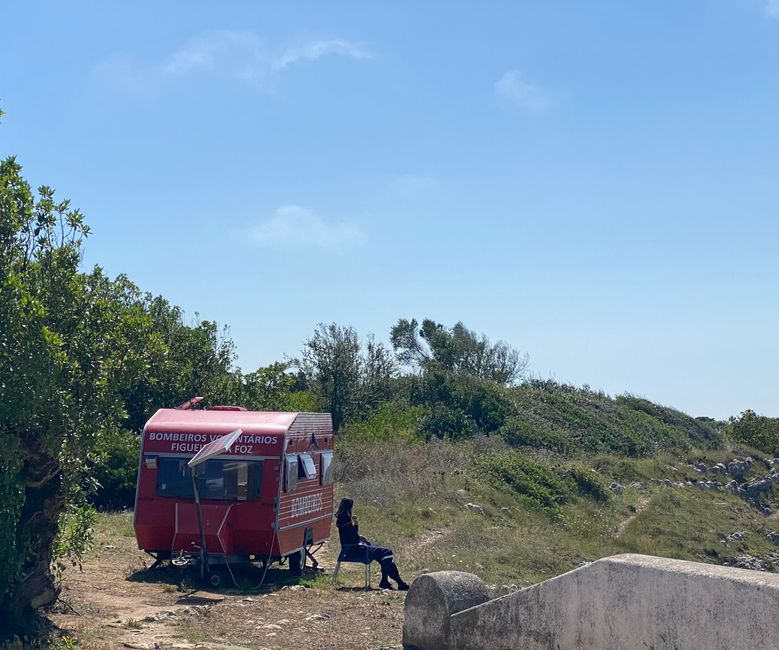
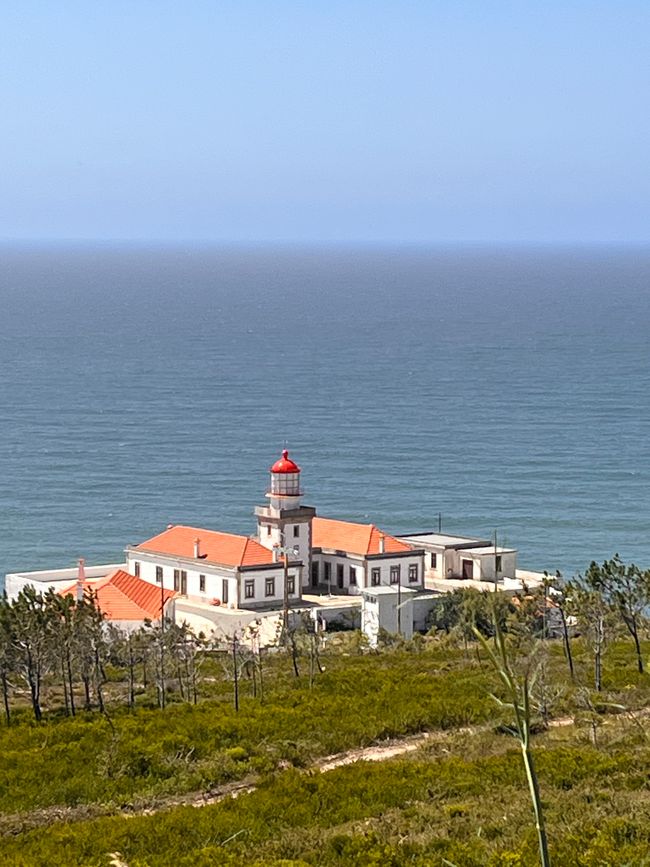
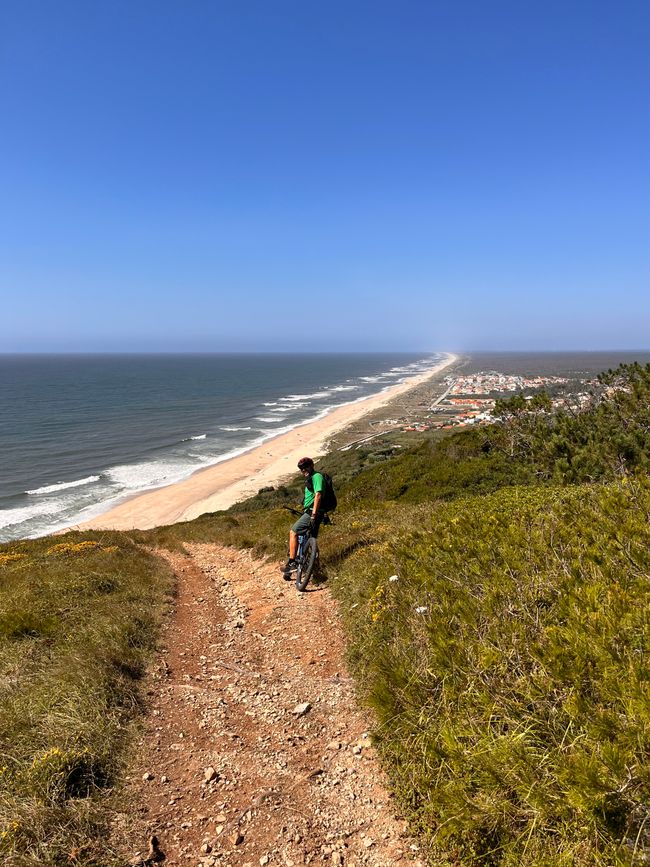
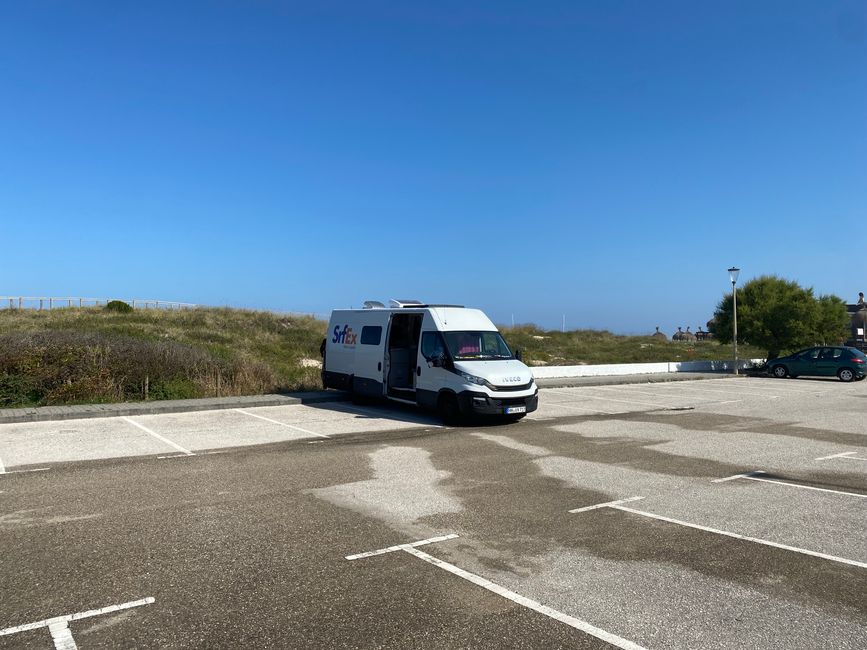
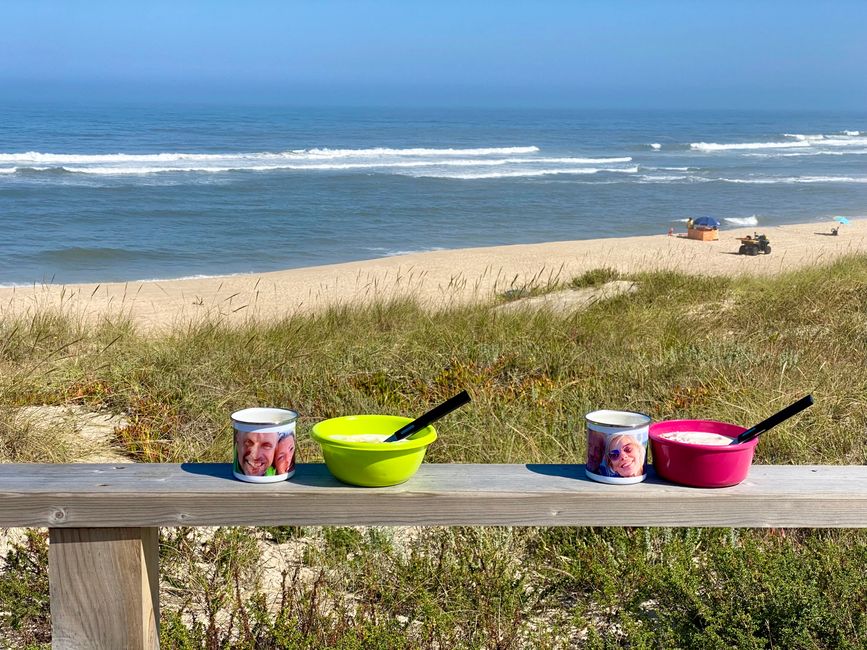
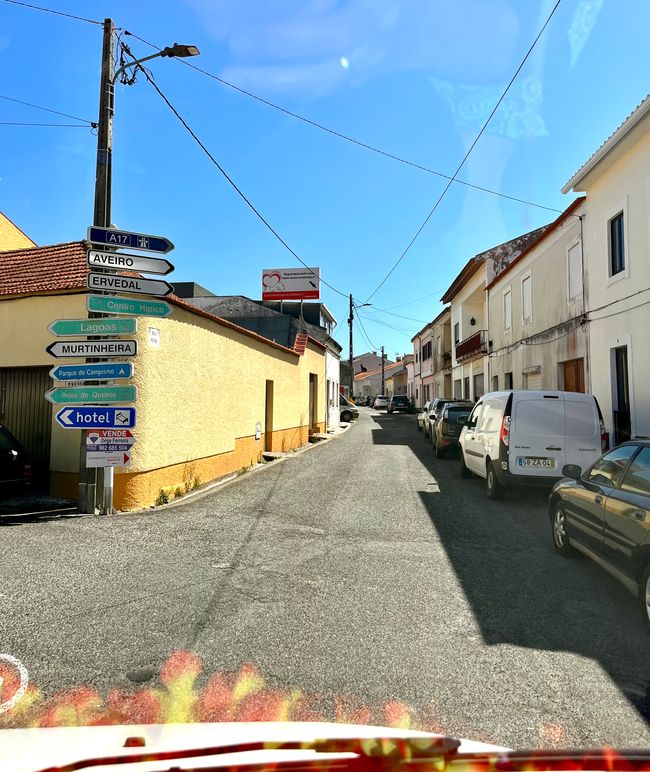

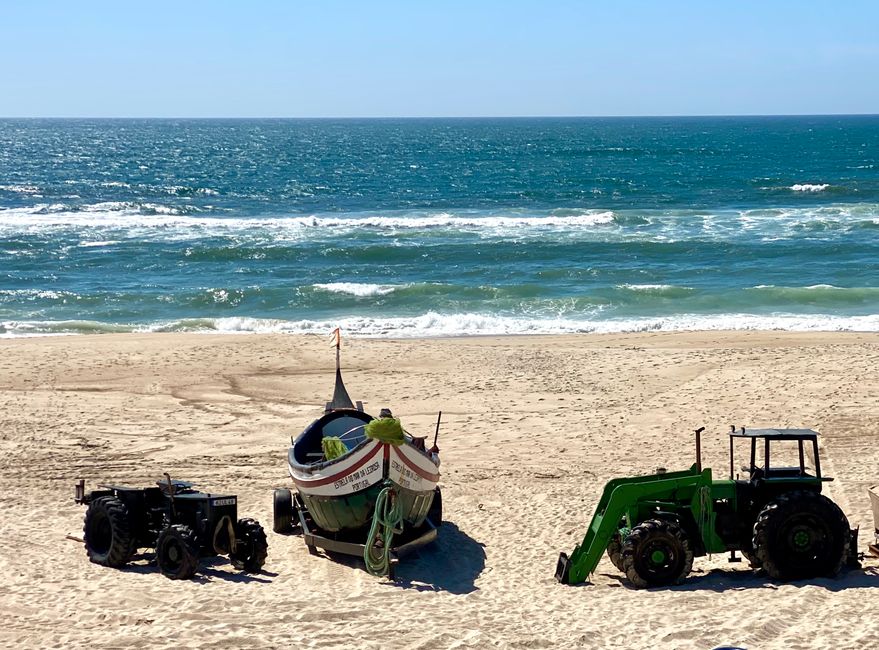
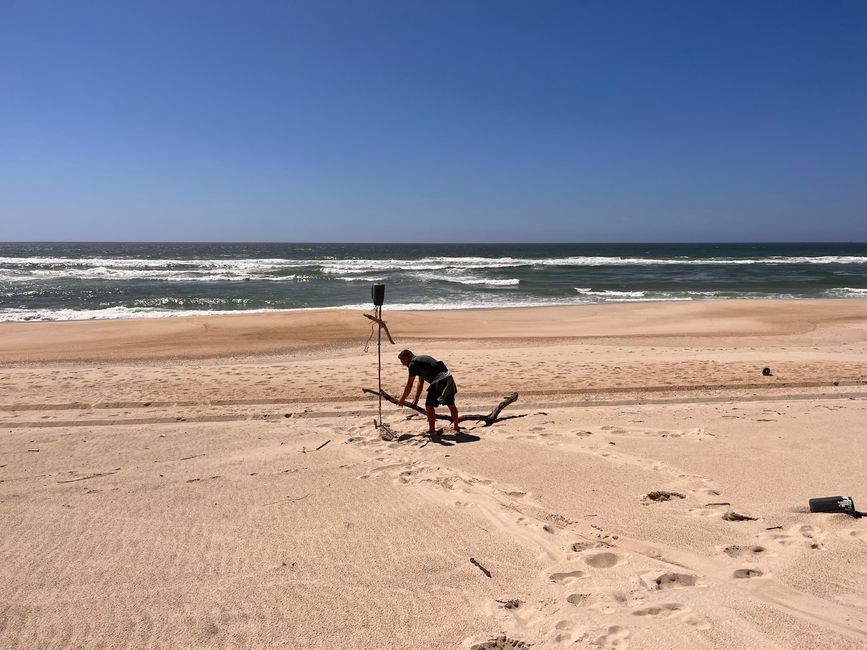
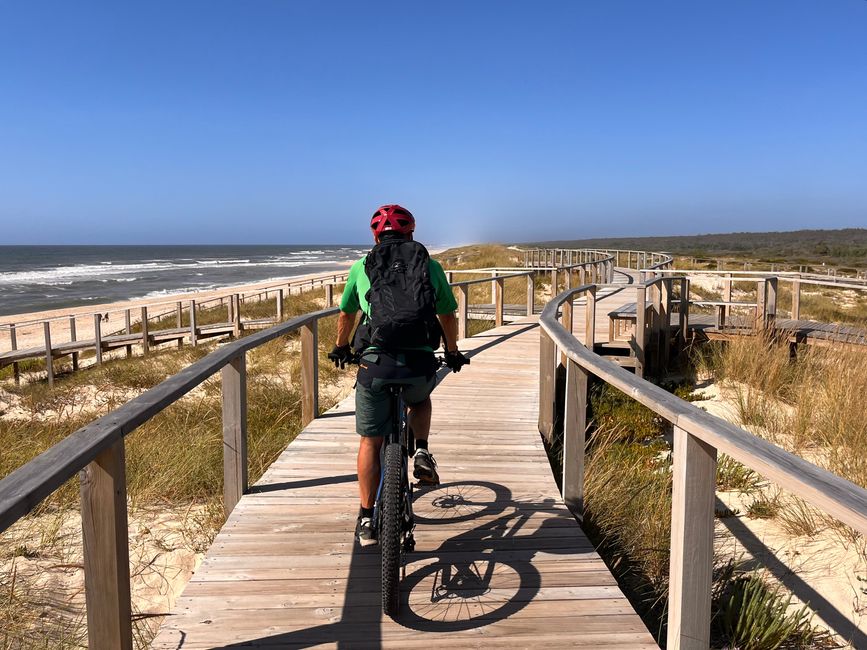
Subscribe to Newsletter
We leave the Lisbon metropolitan area behind (see travel blog Lisbon) and head our Betty towards the northwest. We skip Sintra, the Portuguese 'Neuschwanstein' (too many tourists...) and instead drive a bit further to Mafra (almost no tourists...). There awaits us a national sanctuary of Portugal: the Palacio National de Mafra. King João V vowed to build a monastery if he were to have long-awaited offspring. After the birth of his daughter, he had the palace and monastery complex, including a basilica and 1,200(!) rooms, constructed between 1717 and 1730. In the end, it became a gigantic palace for the king (with a small attached monastery for the monks, but the people paid for it). Fun fact: In the library with books from the Middle Ages, three bat species live to protect the books from insect infestation! Overall, very worth seeing and with a free camper van parking lot right next to the palace.
The next evening, we arrive at Praia Azul, just south of the small town of Santa Cruz. Another dream beach, but swimming is currently prohibited due to a huge shorebreak breaking directly onto the beach. Under the watchful eyes of the friendly lifeguards, we wade into the water up to our knees. Here in the middle of nowhere on the west coast, the municipality has expressly allowed overnight stays with campervans directly on the cliffs, hooray! There are also toilets and beach showers. Nevertheless, we are almost alone at night.
Our next destination is Peniche, one of the surfer hotspots in Portugal. Peniche benefits from two rocky peninsulas that extend into the Atlantic, sorting the waves and bending them in the right direction. The whole town lives for surfing. Fortunately, free-standing with the van is not a problem here either. On the first night, we park at the northern tip of Peniche directly at the lighthouse with a view of the rough Atlantic and a dramatic sunset. We are more and more enthusiastic about traveling Portugal with the van. Why didn't we have Portugal on our list in the last 30 years?
We extensively explore Peniche and its surroundings with our bikes. In contrast to the coast, the modern, relatively large town with lots of industry is only partially worth seeing. A bit further north on the second peninsula, we discover the small, sweet town of Baleal. Next to a cafe where we refuel, I discover 'Fred's Adventures,' a tiny surf school. I do a little googling and see that Fred has consistently received 5-star reviews. Spontaneously, I sign up for a surf course with him the next day and I am not disappointed. Over the next two days, Fred introduces me to the secrets of surfing in a mini-group consisting of Marie, a Frenchwoman, and myself. A great alternative to windsurfing, which is an absolute niche sport in Portugal! Susi takes on the photo documentation of my 'epic' wave rides. Due to her back operation, she doesn't trust herself to surf. In Peniche, we have our first visit from a stray dog to the van. We always have some dog food on board for such visits. But the little blonde mixed breed prefers the remaining sausages from the previous day, which are quickly devoured. At least we got him fed for today. We love dogs, but van life with a dog is not for us for various reasons.
After three days in Peniche and its surroundings, we continue northwards. Our destination is the Laguna de Obidos south of Foz de Arelho on the Atlantic. On the south side of the lagoon, we find an elevated overnight parking spot with a view of the lagoon and the Atlantic, it can hardly get any better! The next two days, wind is forecasted. The lagoon is very popular with kiters. The wind is thermally reinforced, the water is warm, but there are no significant waves. I am excited to get back on the water with my windsurf board for two days in relaxed conditions. From the lagoon, it is not far to the town of Obidos, a completely preserved medieval city with a castle and fortress wall from the 13th century. We are, of course, not the only tourists, but the atmosphere is very relaxed and the city is truly picturesque. Convenient and free parking, even with our 7.2 m length, is possible here, just like almost everywhere in Portugal. In the evening, we are back at the seaside. The sunset is fantastic, although the weather is so cool that we are wearing our 'summer down jackets' and wool hats!
Since the weather is expected to be changeable, we want to travel inland for the next few days. On the way to our next destination (the limestone cave Grutas Mira de Aire, the largest known cave in Portugal), we take a mountain bike tour from Porto de Mos. It is still scorching hot when we start in the afternoon, but we have learned by now and always have extra clothes with us. After a distance of about 30 km, 640 meters of altitude, and a world-class single trail (which we ride up and down several times!), the weather suddenly changes, it gets cold and windy, and we are grateful for the additional layers of clothing from our backpacks! We spend the night in the vicinity of the limestone cave near a somewhat dilapidated 'lost place,' just as the entire town of Mira de Aire seems like a decaying ghost town.
The next day, we wake up to drizzling rain and think: the perfect day to visit a cave! Together with a small group of visitors, we are given a guided tour through this incredibly impressive limestone cave, which was only discovered in 1947. Under expert explanations, we descend a total of 110 m into the cave over almost 700 steps (and back up with an elevator). Excellent!
On the way back to the coast, we first visit 150 million-year-old dinosaur footprints in the limestone mountains and then spend the night at an olive oil farmer's place (Casa Feteira) in Tremonceira. They earn some extra money by accommodating campervans. The night costs € 10, and for that, you stand romantically amidst the olive trees. Of course, you can eat something in the evening and drink delicious wine, and in the morning, after a competent tour by the boss, you can also buy olive oil. The next morning, our bill amounts to over € 90, but we are very satisfied and glad to have stopped there! Highly recommended!
NAZARE is our next destination! The Mount Everest of surfing! Less than 20 years ago, an American surfer was the first to discover the potential of this spot, and the rest is history. The largest and highest waves in the world break before Nazare in the winter. The reason for this is a several-kilometer-deep underwater canyon that reaches almost to the coast. The current world record for the highest ridden wave in front of Nazare is 28.5 m high, equivalent to a 9-story building! In order to be able to surf these waves at all, the surfers are towed into the waves by jet skis. We find a free parking and overnight spot almost directly on the beach and explore the town. From the lower part of the town at the beach, you can walk or take a funicular to the upper part located on the 30 m high cliffs. On a rock outcrop, there is a lighthouse with a small surf museum. The museum exhibits the surfboards of the heroes (and heroines!) who have already conquered these waves, along with an explanation of why the waves here get so high. About 500 m in front of the lighthouse is the holy grail of big-wave surfing, the spot itself. Now, in summer, the waves are unfortunately significantly smaller, but still very large compared to the North Sea. We are totally fascinated. The town radiates a very special aura, and we are considering how we can manage to come here again in winter on our trip ;-)! The next two days, the weather is overcast, with the typical sea fog for the west coast. We are glad to have explored Nazare so well on the first day. We will definitely come back to Nazare!!
The weather has noticeably clouded over, and for the next few days, there is a forecast of many clouds and occasional rain. Therefore, we treat ourselves to a campground (CP Paredes da Vitoria) just north of Nazare for one night to have a nice warm shower again. By treat, I mean € 6.50 per night ;-) + € 1 each for the warm shower. In Denmark, there is a campground that charges around 70 euros per night for the same service. Our Pentecost clique knows which campground we mean... By the way, it is almost the end of June, and we are wondering where all the tourists on the west coast are. We experience large parts of the west coast almost deserted at this time of year.
Our next destination inland is Tomar, a recommendation from my surf teacher Fred from Peniche. On the way there, we take a detour to Fatima. Fatima is a pilgrimage site, not only for the Portuguese. In 1917, three shepherd children allegedly witnessed the appearance of the Virgin Mary there. Since then, millions of Catholics have been making pilgrimages there annually. The central square in front of the church, which can accommodate 9,000(!) people, is larger than St. Peter's Square in Rome. Tons of offering candles are bought and stuck into a kind of 'candle burning machine.' Praying people slide on their knees across the entire square. Everything is designed in socialist postmodern 'brutalism.' Impressive to see, but definitely not our thing. We continue our journey to Tomar.
Tomar is located in the inland, picturesque on the Nabao River, quite far from the coast. Tomar was formerly the seat of the Templar Order, which still influences the city today. The municipality has allowed overnight parking for campervans on a somewhat abandoned campground (probably one of the visible many Covid victims in Portugal, along with countless restaurants and hotels). This place also has a bit of a 'lost place' feel to it, but it's fine for us. Everywhere in Tomar, you can find the red and white paw cross of the Templar Order. In the 12th and 13th centuries, the Knights Templar ruled Europe, Jerusalem, and parts of the Middle East both militarily and financially until they were literally beheaded by the French King Philip and Pope Clement in 1312 (search for the exciting story of the Knights Templar on Google, as it would go too far for this blog). We visit the imposing fortress-monastery complex Convento de Christo above Tomar, construction beginning in 1162. Here, you can find pure cultural history. We are so fascinated that we are almost locked inside in the evening and are only discovered and let out by the night watchman in the last moment...
After so much culture and history, we need the sea again! Today is also July 1st, so it feels like the halfway point of our time out! We continue to move at our own pace and plan very little ahead. We have already been in Portugal for a month and a half, and there is still so much to see and discover...
In Costa de Lavos, a little south of Figueira de Foz, we once again encounter the Atlantic. The coast here is typical for the Portuguese west coast: pine forest, then a wide strip of dunes, and then a lonely sandy beach stretching for dozens of kilometers! There is no overcrowding here. In the slowly dissolving, cool sea fog, we take a beach walk of more than 10 km and encounter less than a handful of people along the way. In the local mini mercado (there are many in Portugal, like small convenience stores in the 60s) of Costa de Lavos, we buy ingredients for our dinner and spend the night in the beach parking lot. This place also has a slight 'ghost town' appearance, and for the umpteenth time, we wonder if and when this part of the west coast can get really crowded. It's already early July, high season in comparison on the crowded German Baltic Sea coast.
In the next town, Cova, we finally get back on the water. Great waves break around a breakwater, and I jump on my bodyboard, which always travels with us in the van. With my thick wetsuit, the 16°C water temperature is quite bearable, and I can ride some very clean waves. To round off the whole sporting experience, we drive to the well-known tourist town of Figueira de Foz in the afternoon and go on a nice 32 km mountain bike tour in the nearby hilly nature reserve. Here, too, we discover a beautiful single trail that leads back to the town over several kilometers. Figueira de Foz is quite nice, but a bit too big and lively for our taste. Therefore, we spend the night in Quiaios, a bit north of Foz, right on the beach again. Even here, everything is deserted. The beach parking lot could theoretically accommodate hundreds of cars. We share the huge place with only one other camper van, which is parked at a distance. By the way, the Portuguese love to build kilometer-long wooden footbridges along the cliffs and dunes of their entire coast. We take beautiful walks along these endless wooden footbridges. In the evening, we spend the night in the parking lot (with grass!) of a beach restaurant south of Aveiro. Overnight stays are free, of course, the owner expects additional guests. We haven't eaten such delicious burgers in a long time ;-)
Tomorrow, on July 5th, we will have visitors again: two good friends of Susi will visit us for a week in Portugal. Together, we will explore the city of Porto and its surroundings!
As mentioned earlier, we are about halfway through our sabbatical and we determine our travel route relatively spontaneously. Be surprised where we will go in the next few months. Between Scandinavia and North Africa, everything is still possible!
On the road: 165 days
Total distance traveled: 9,120 km
TO BE CONTINUED
Subscribe to Newsletter
Answer (6)
Heike
Liest sich sehr gut und offensichtlich auch für Nicht-Surfer eine interessante Gegend. Weiterhin eine tolle Zeit für euch! LGKatja
Wieder ein fesselnder Reisebericht, vielen Dank, und tolle Bilder!
Ganz viel Spaß zu viert nun, und can’t wait for your next blog.travelmisssanny
Ganz große Klasse!!!💯
Reise total mit. Pooooortuuugaaal, alle Erinnerungen sind sofort abrufbar.
Freu mich auf alles was noch kommt.
Keep it up.....🤘John & Suzi
Danke für eure lieben Kommentare!Nadja
Das liest sich so schön und ich möchte da auch mal hin. Ganz viel Spaß euch noch.Frank
Ha, nun ist es doch passiert, Ihr habt Portugal ins Herz geschlossen 😜.
Wo geht es denn heute hin, John?
Happy Birthday. Lass Dich schön feiern und hochleben!
Ganz liebe Grüsse von Olhahali Island, auch von Astrid, Kjara und Kjell.
Familienurlaub, an einem auch ganz besonderem Fleck. Aber leider nichts für Betty 😂
Ciao Koli
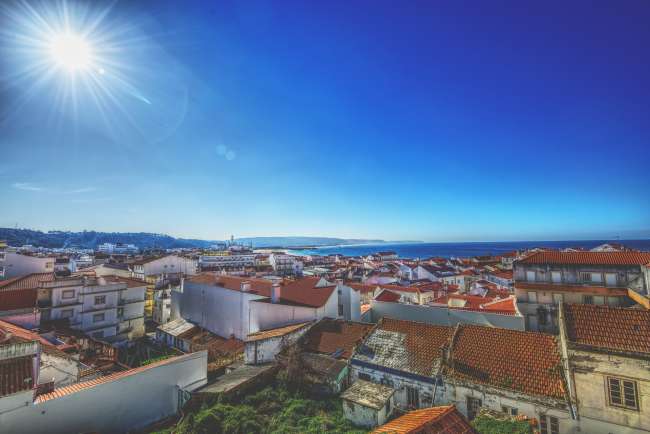
Travel reports Portugal
